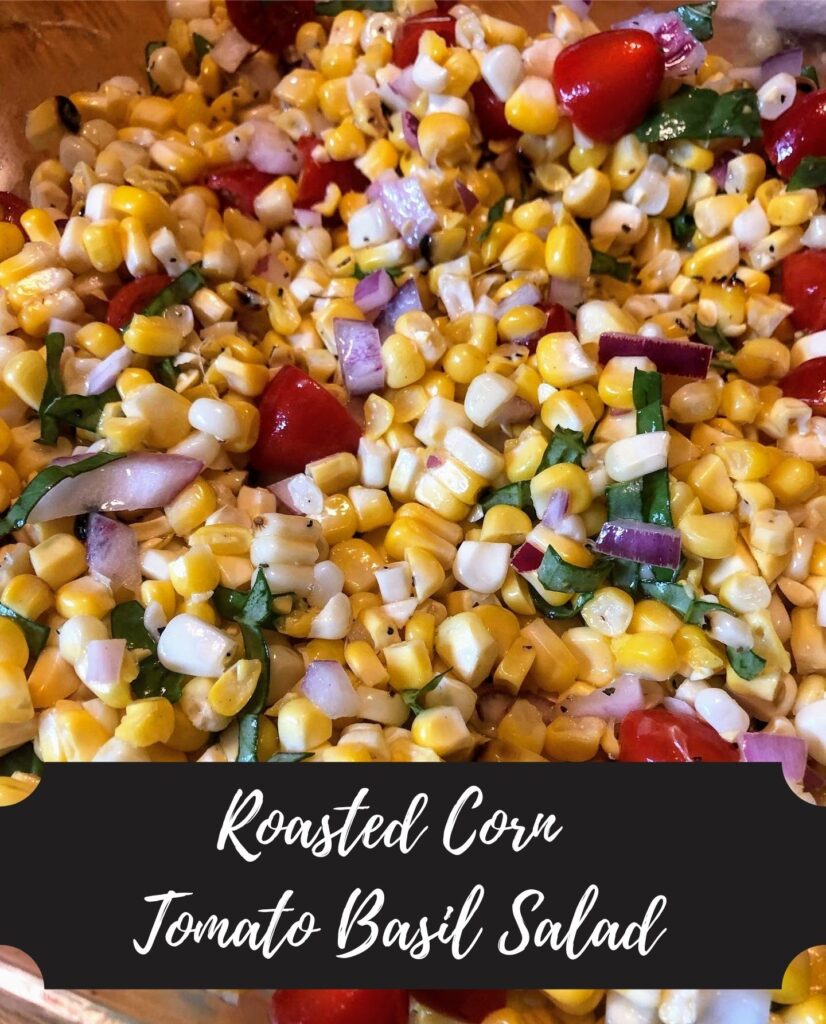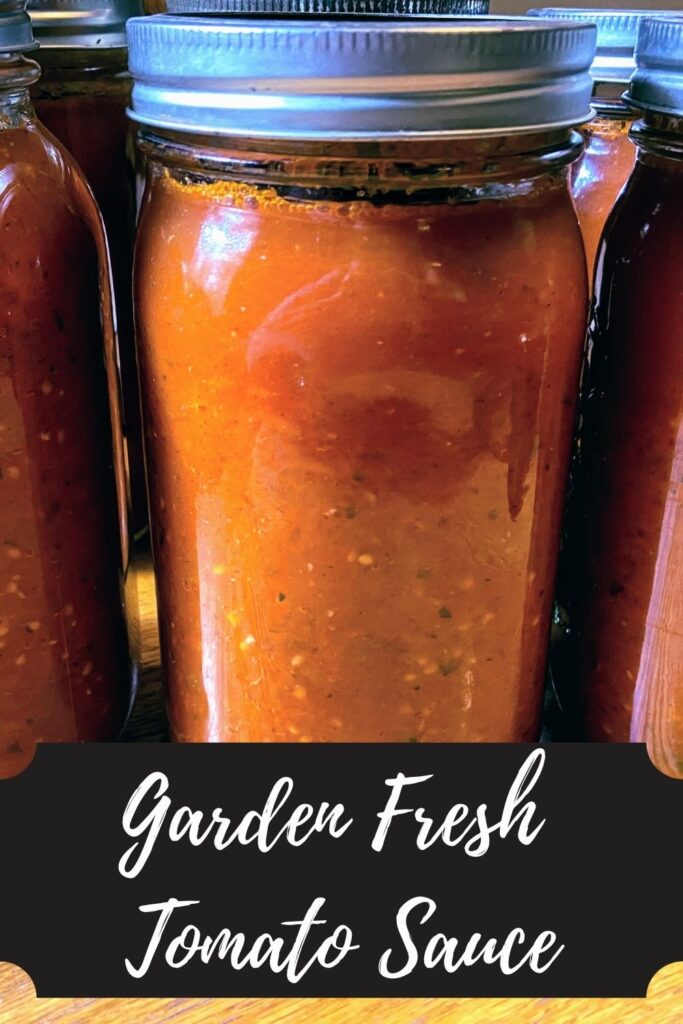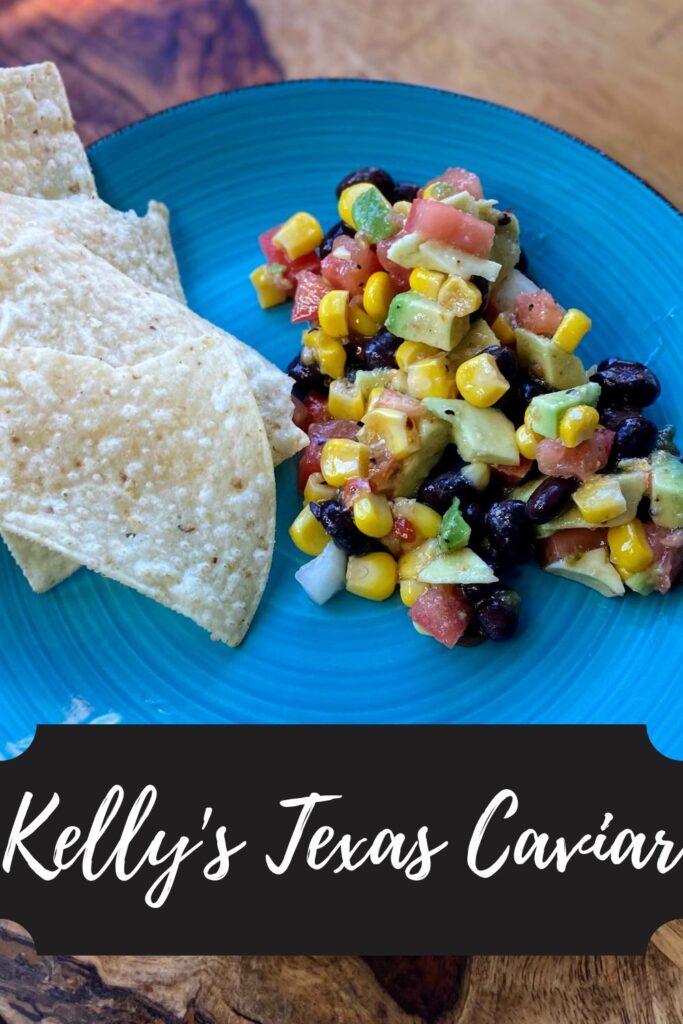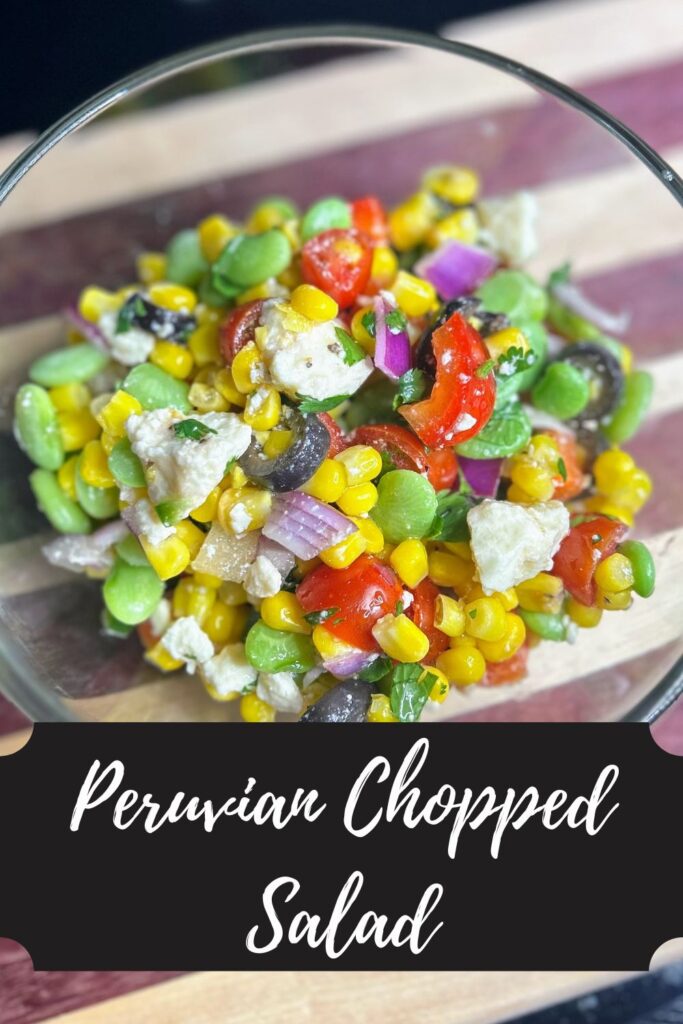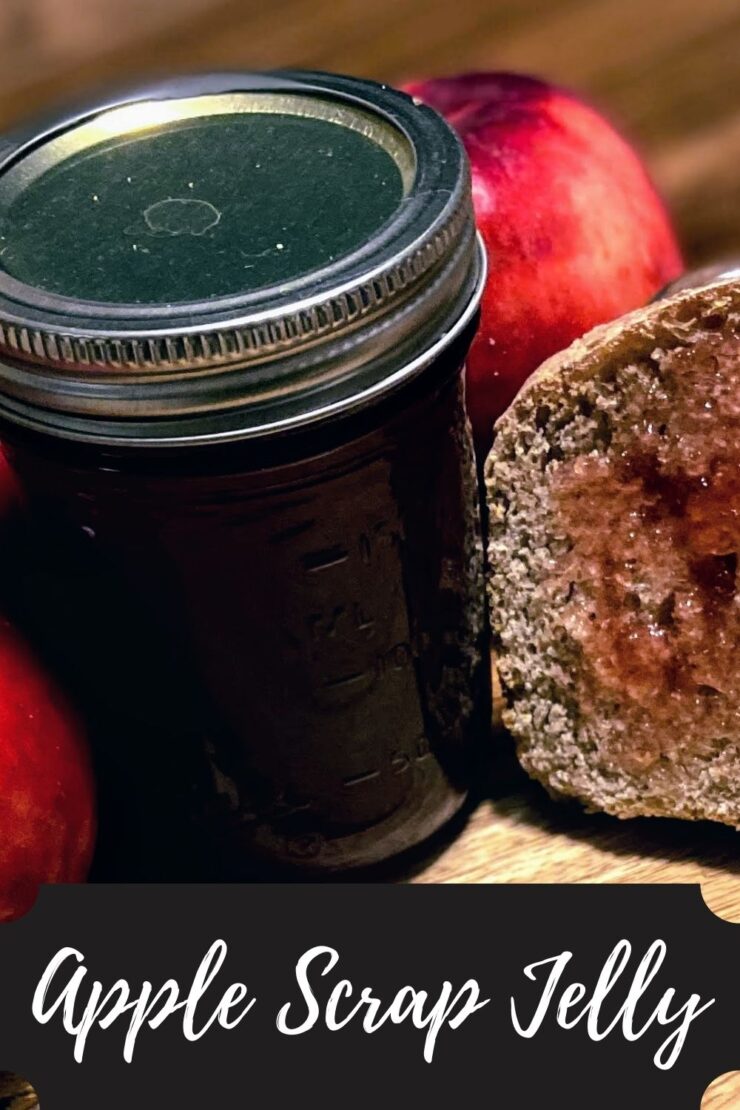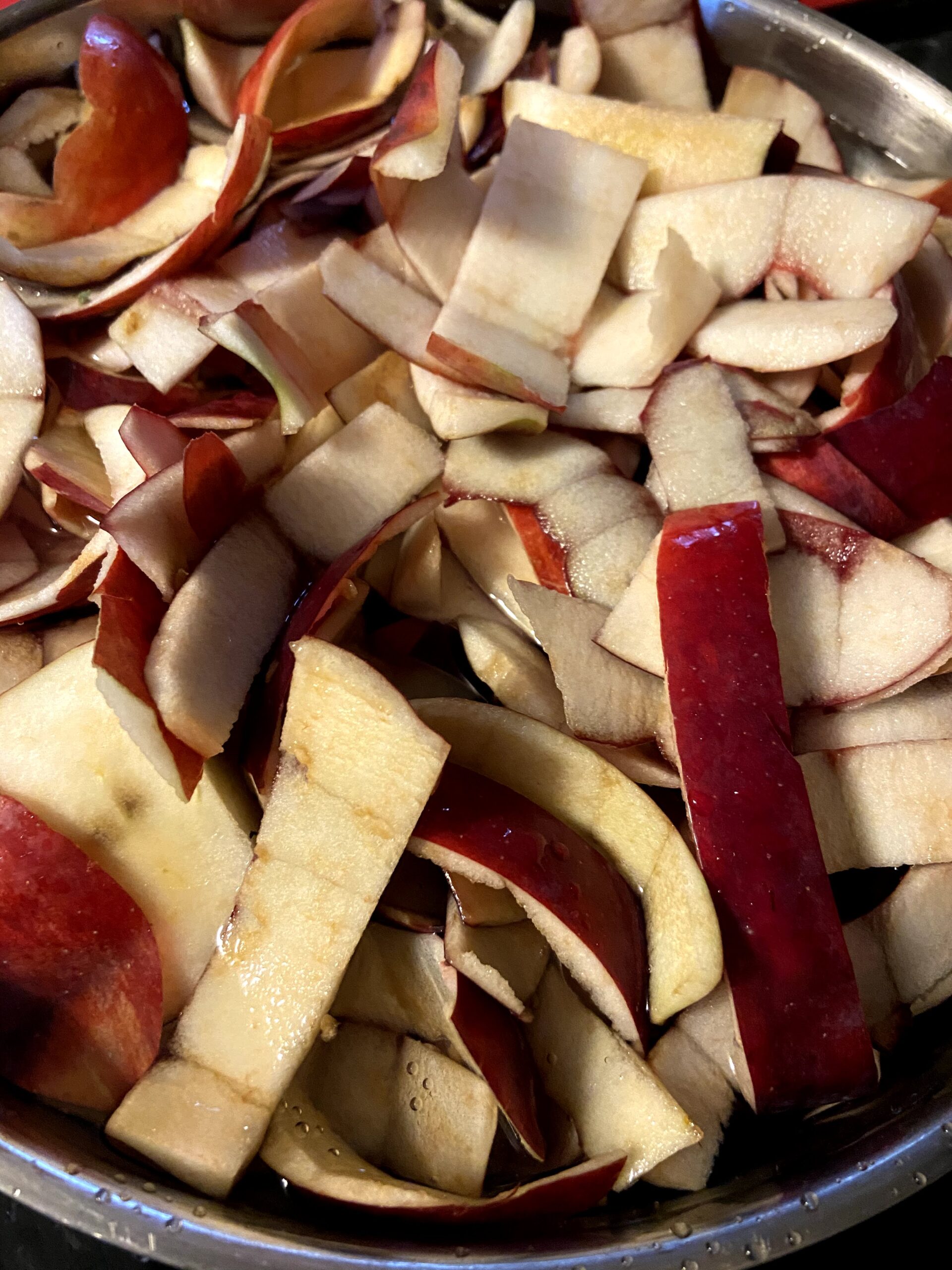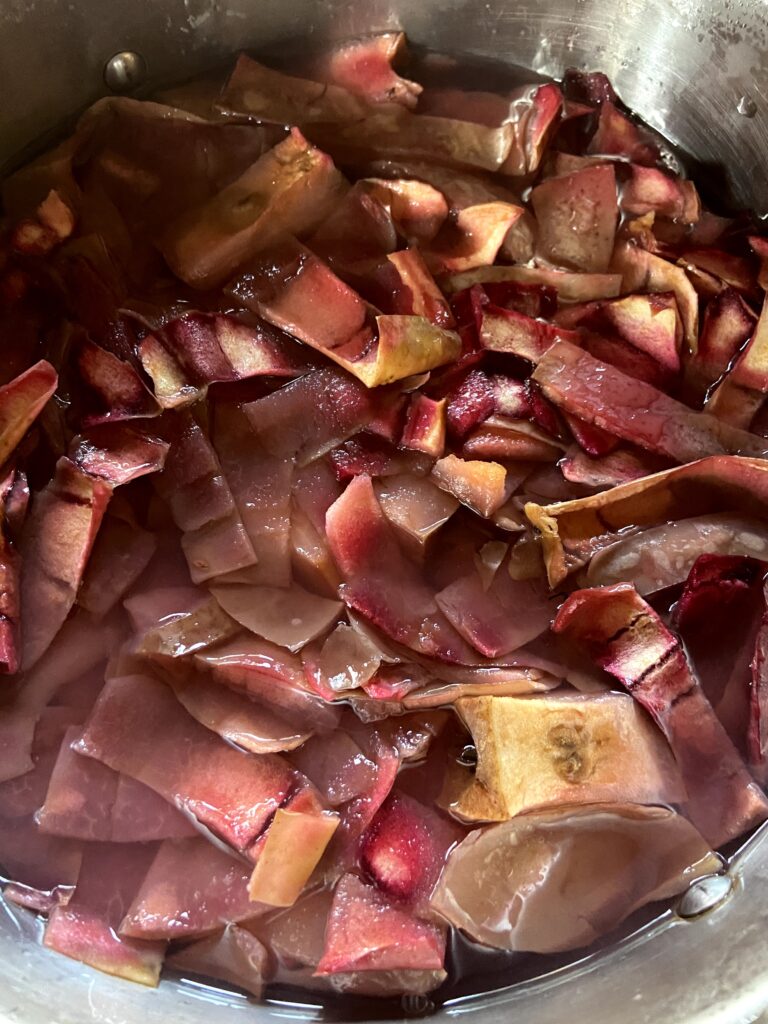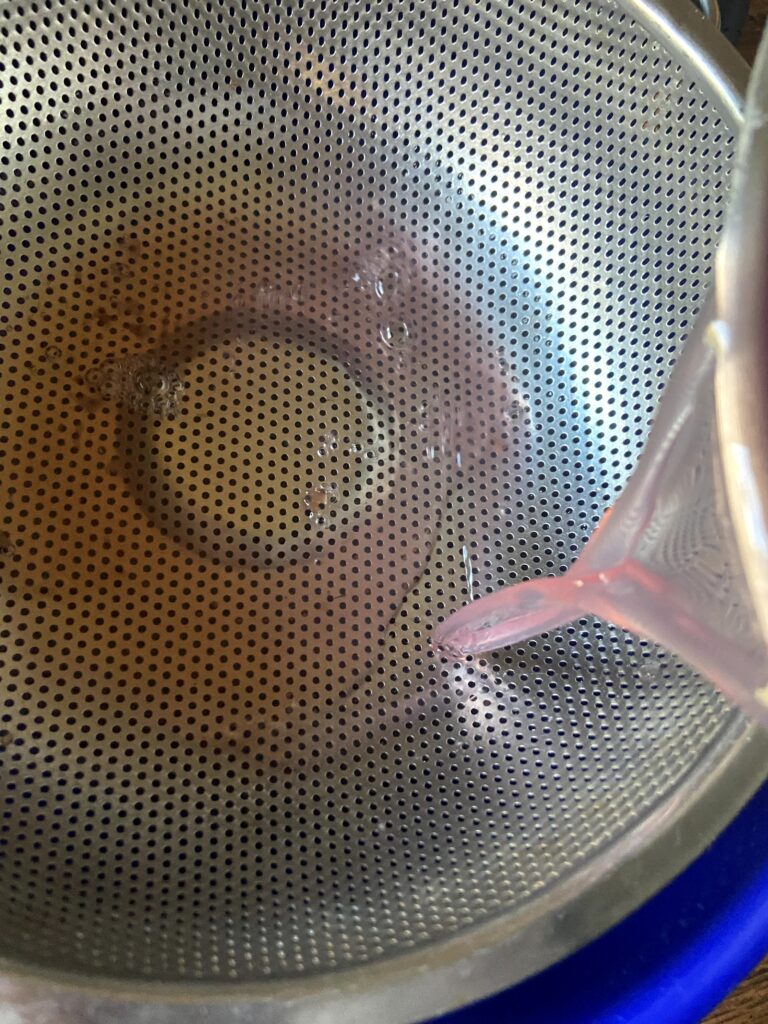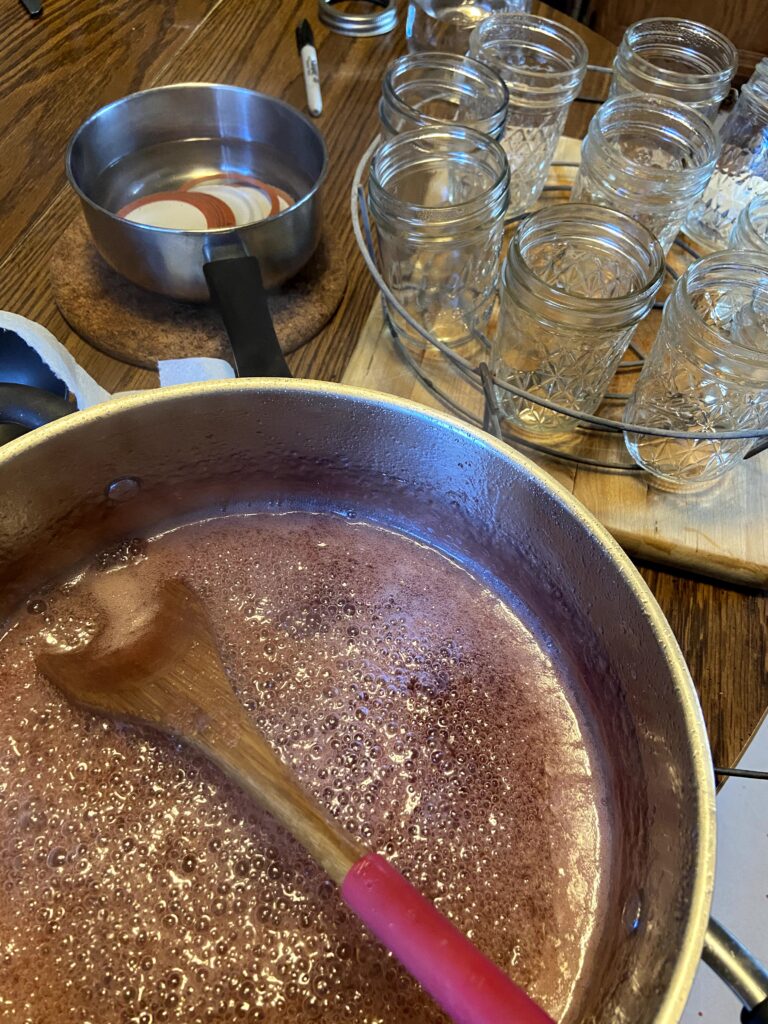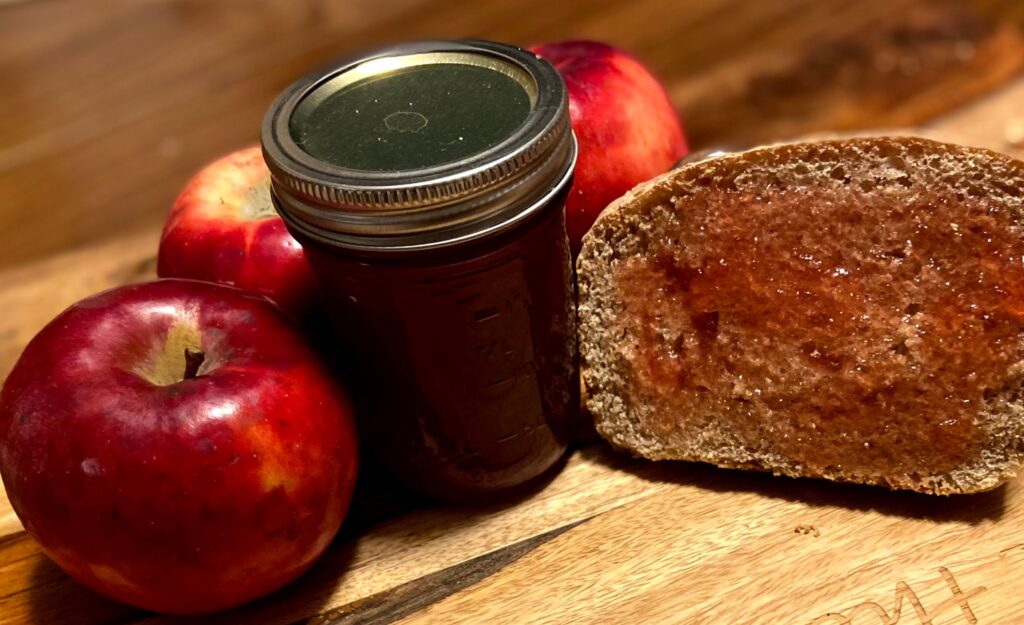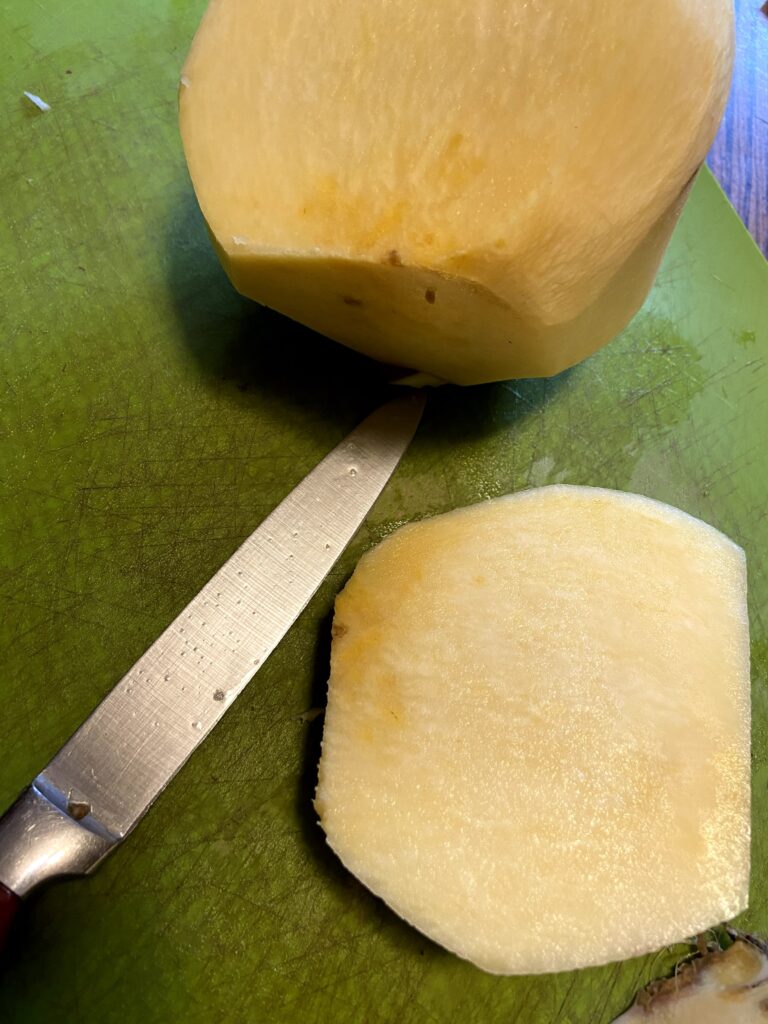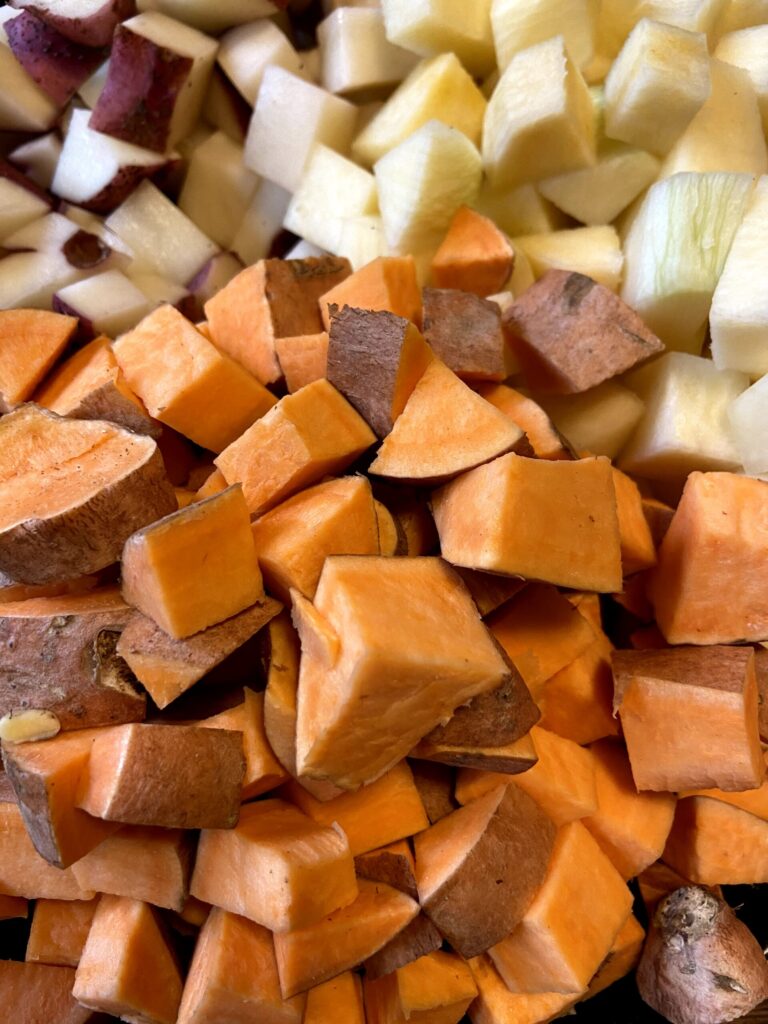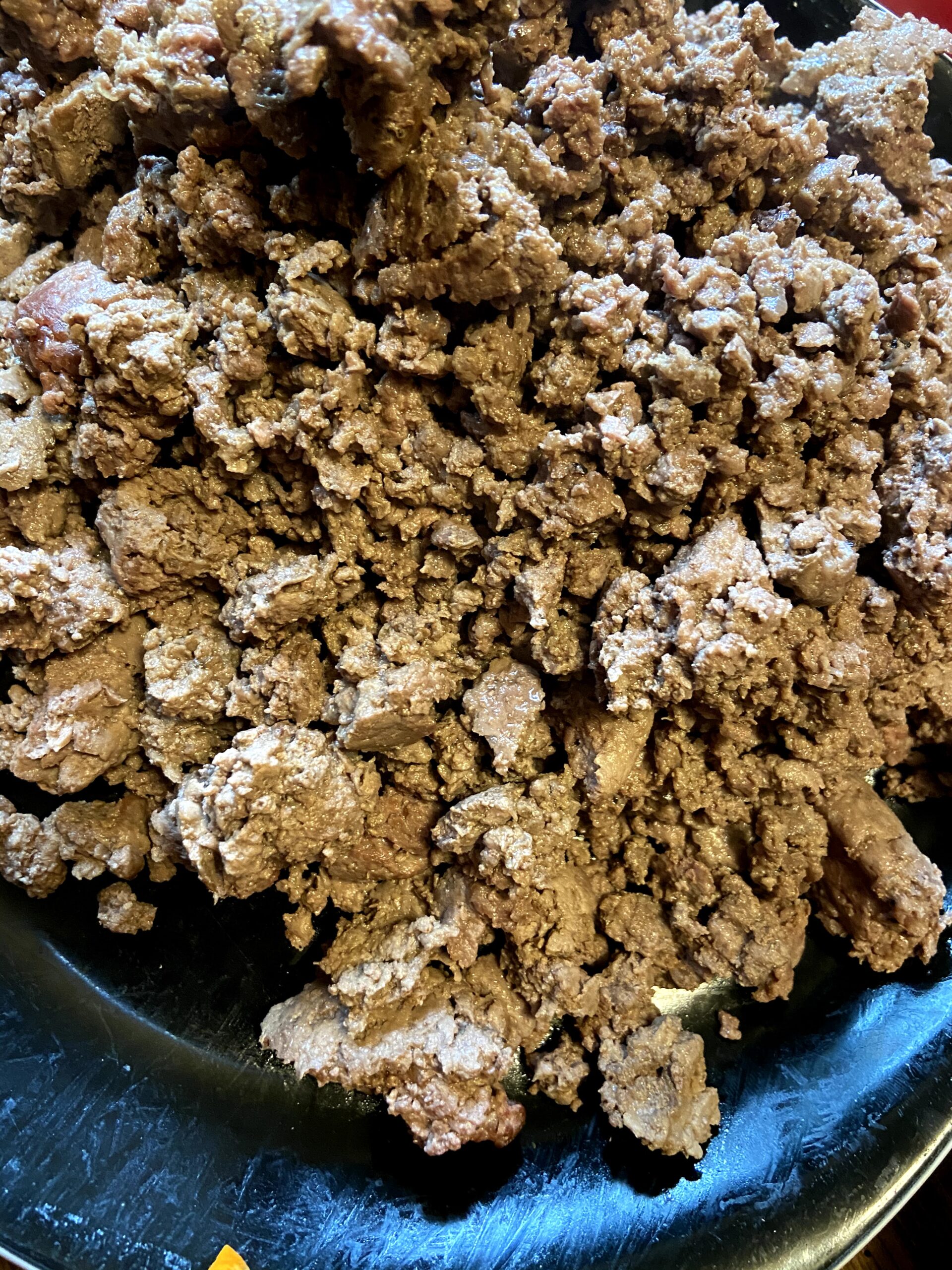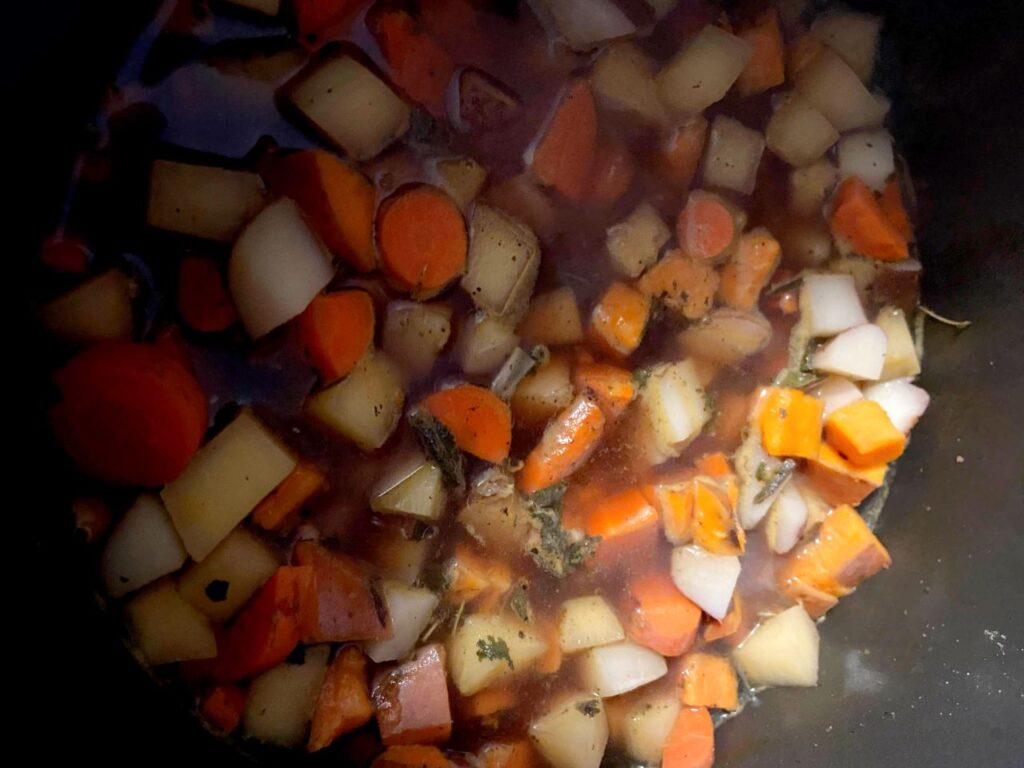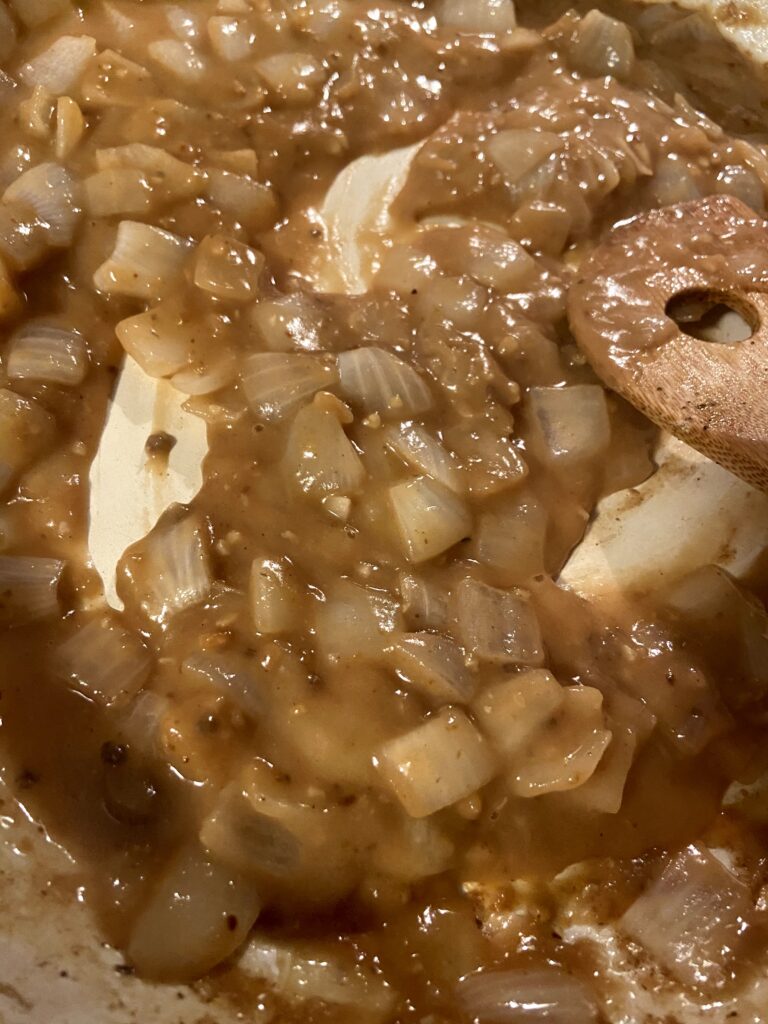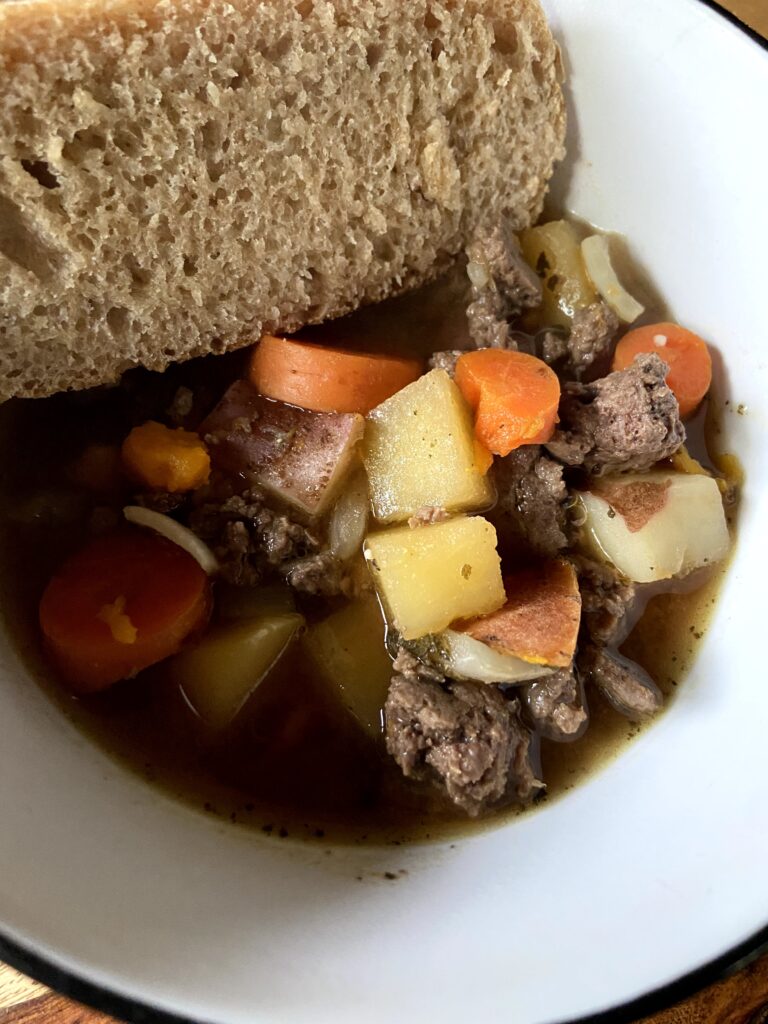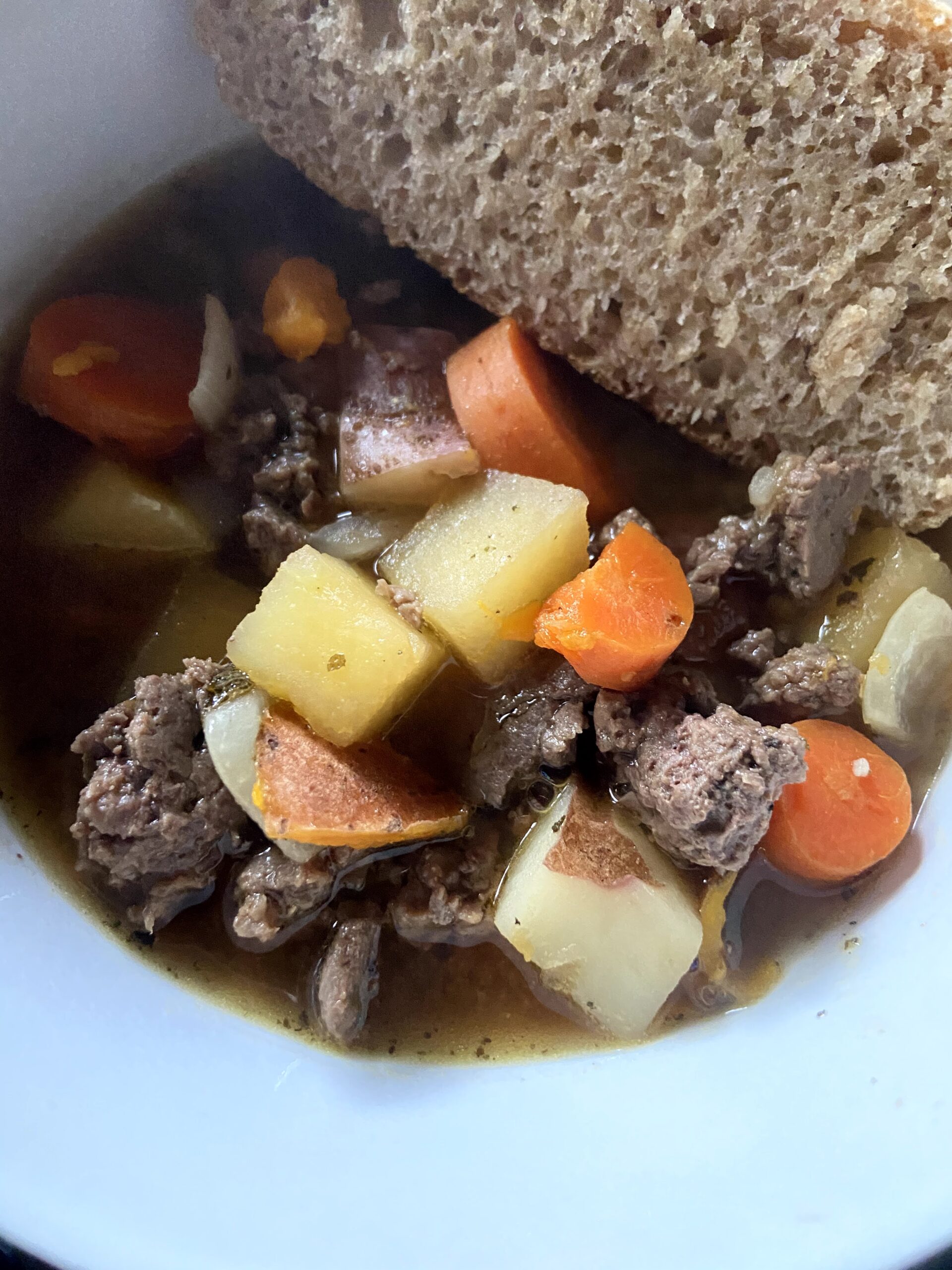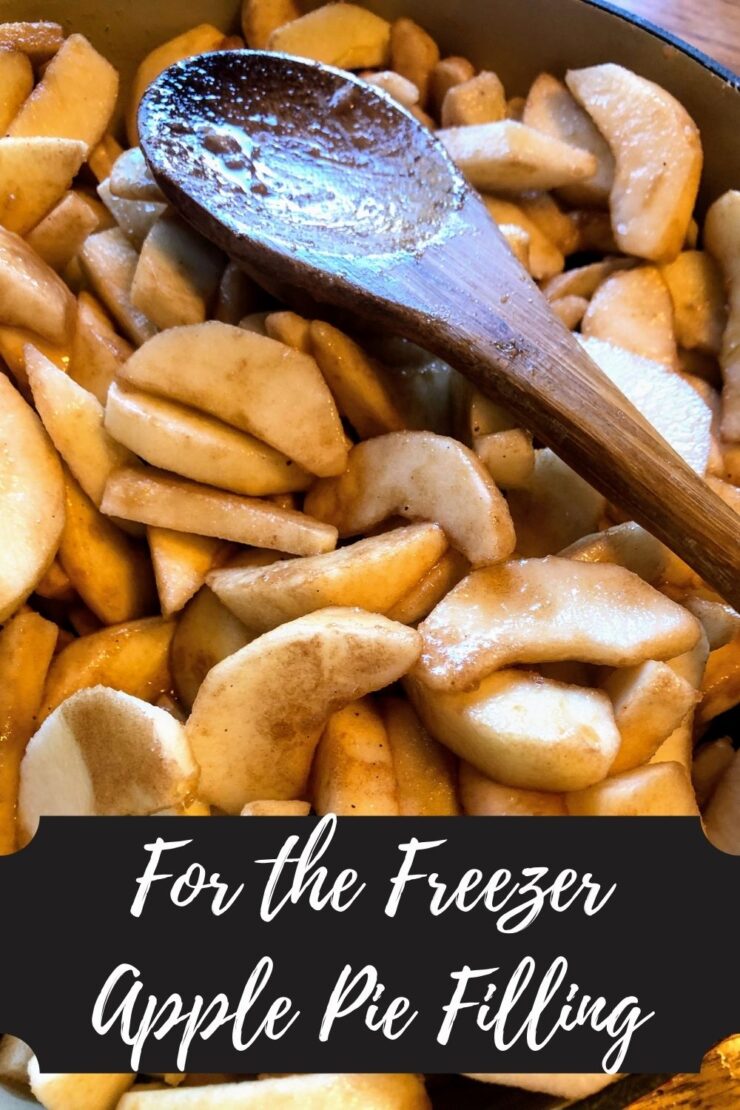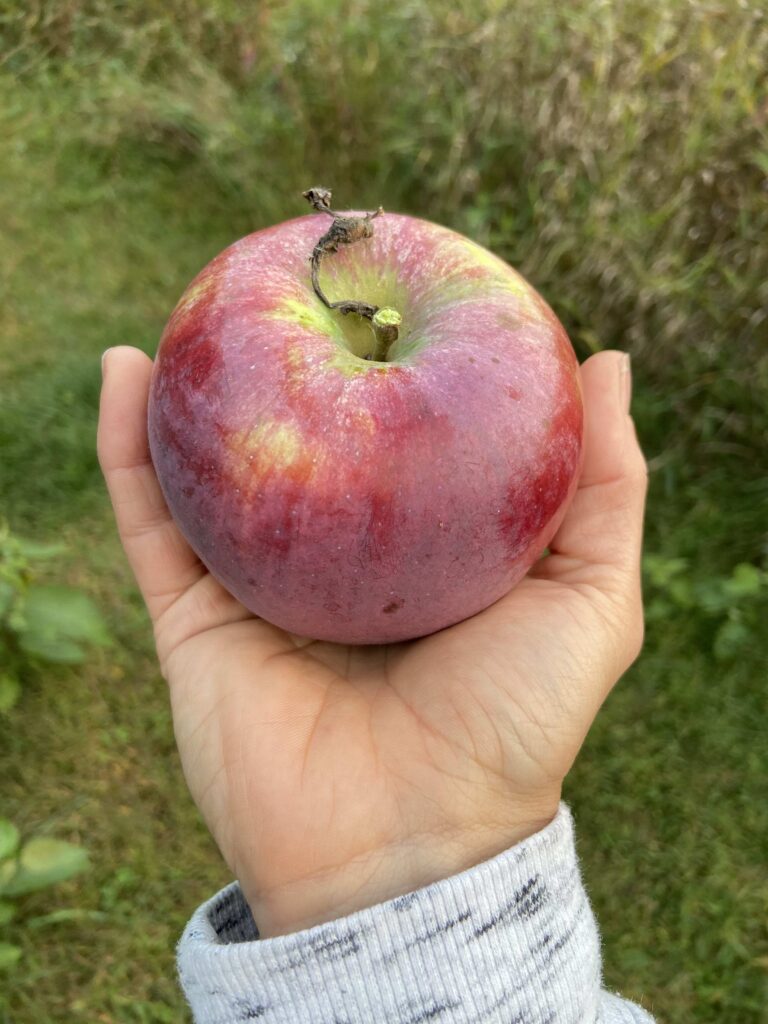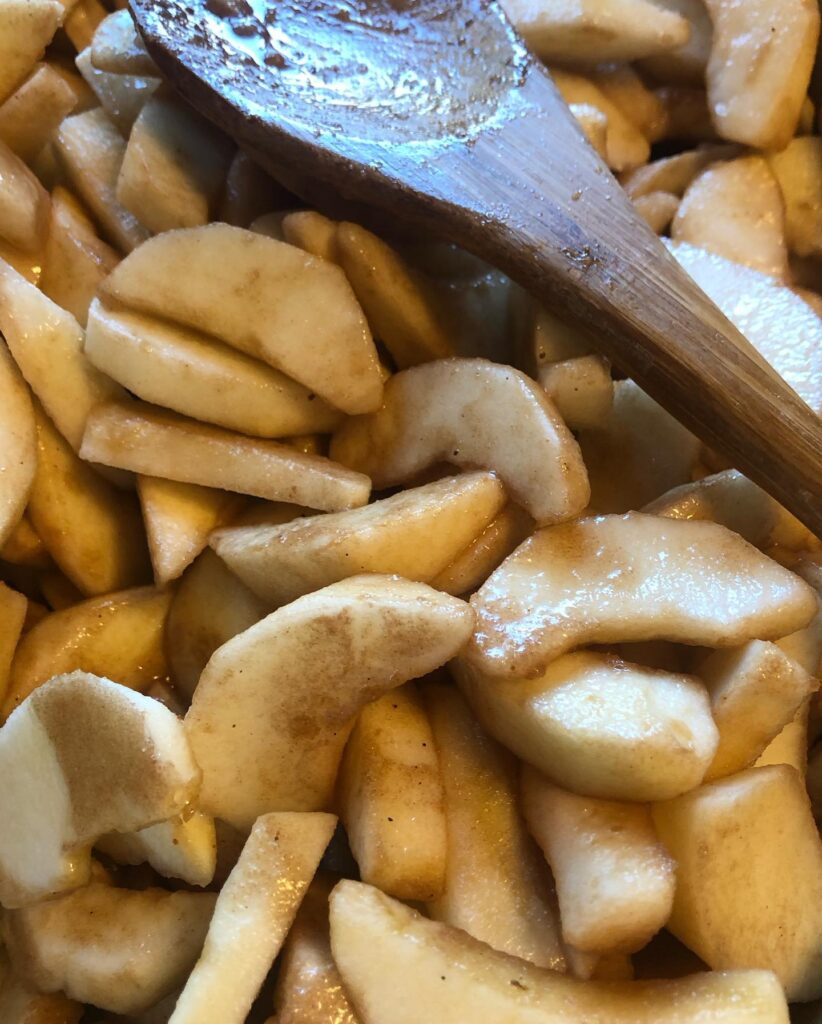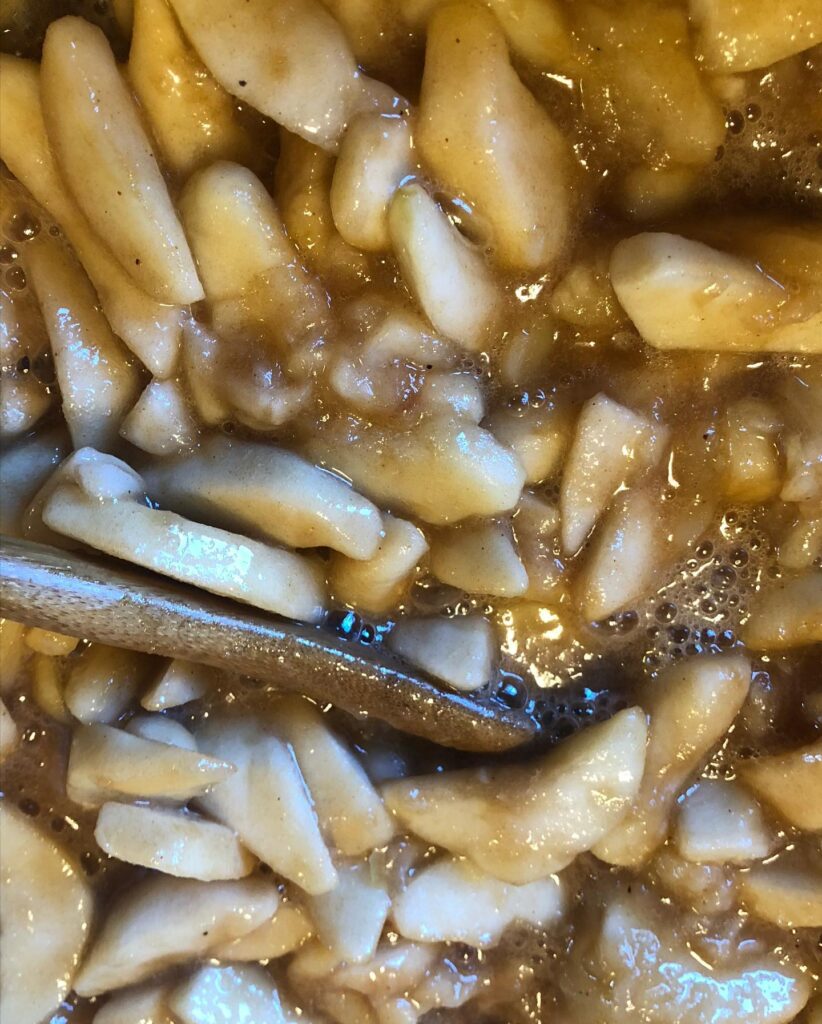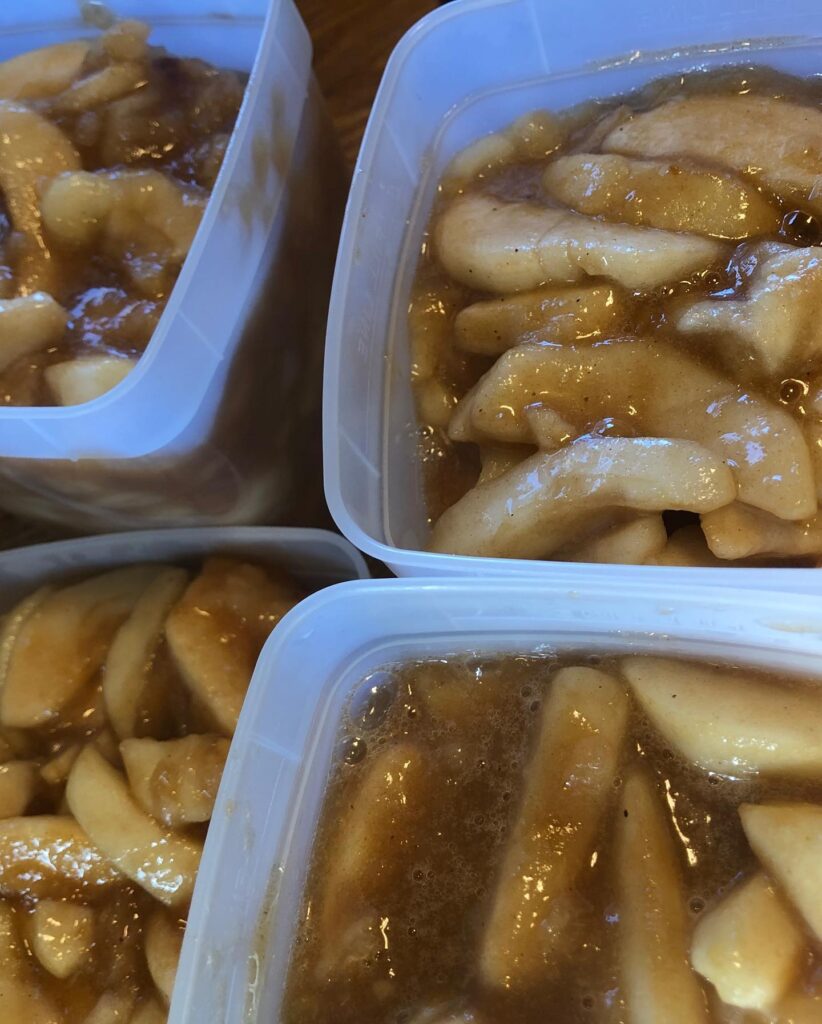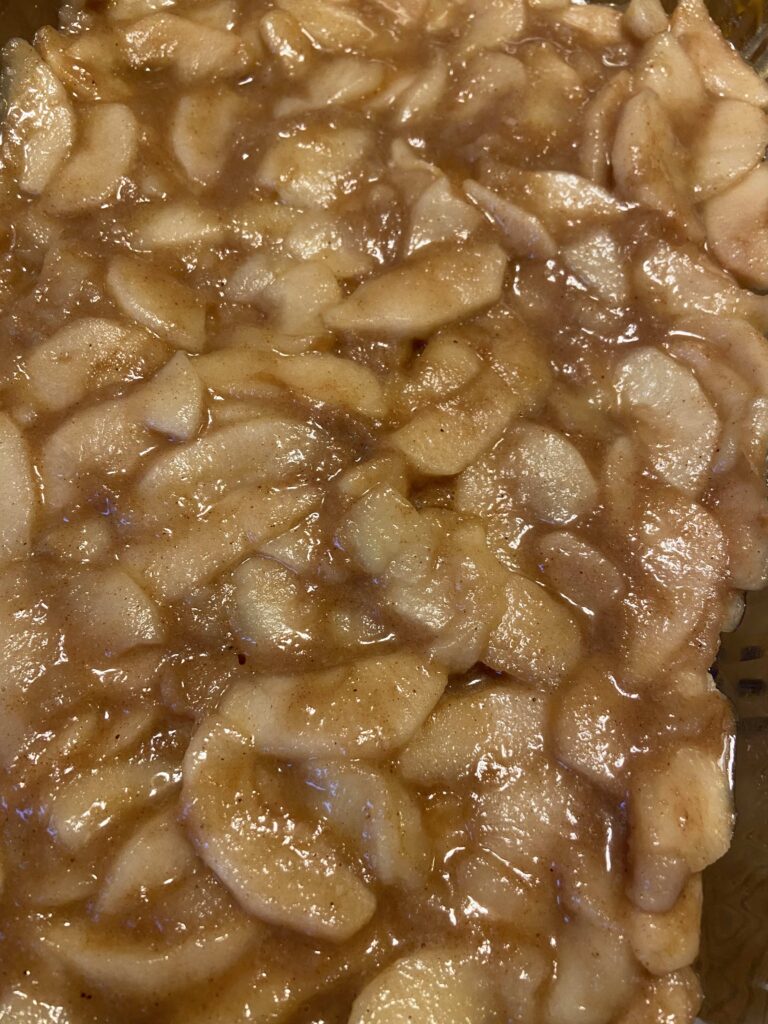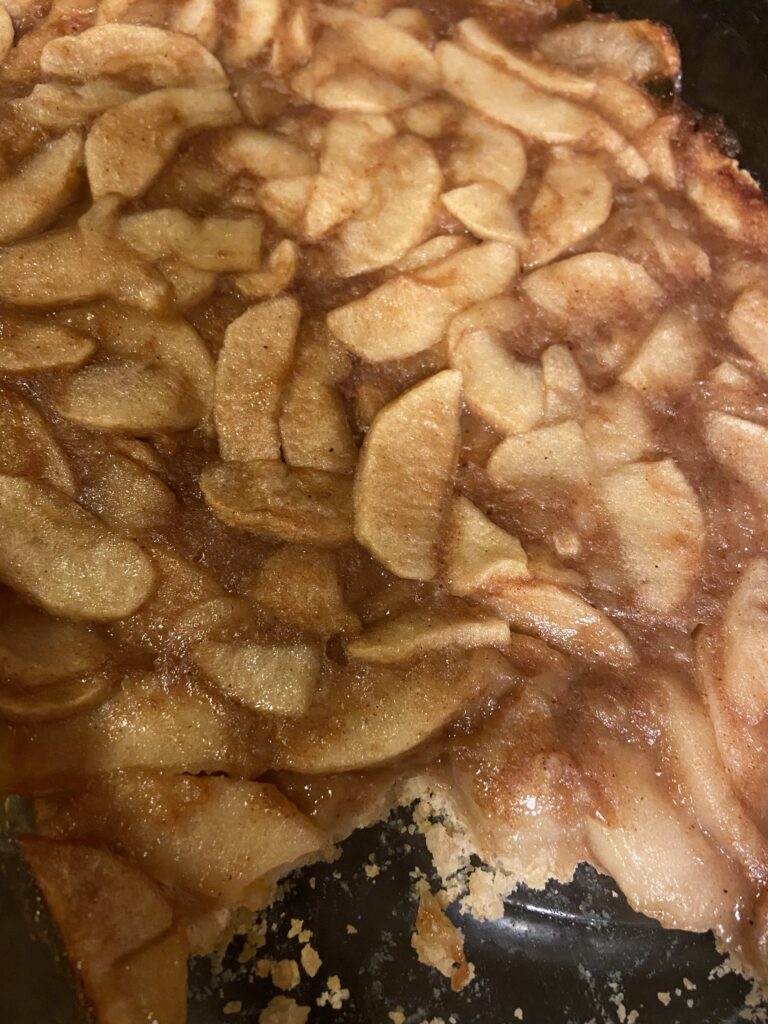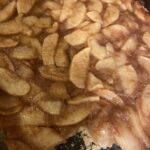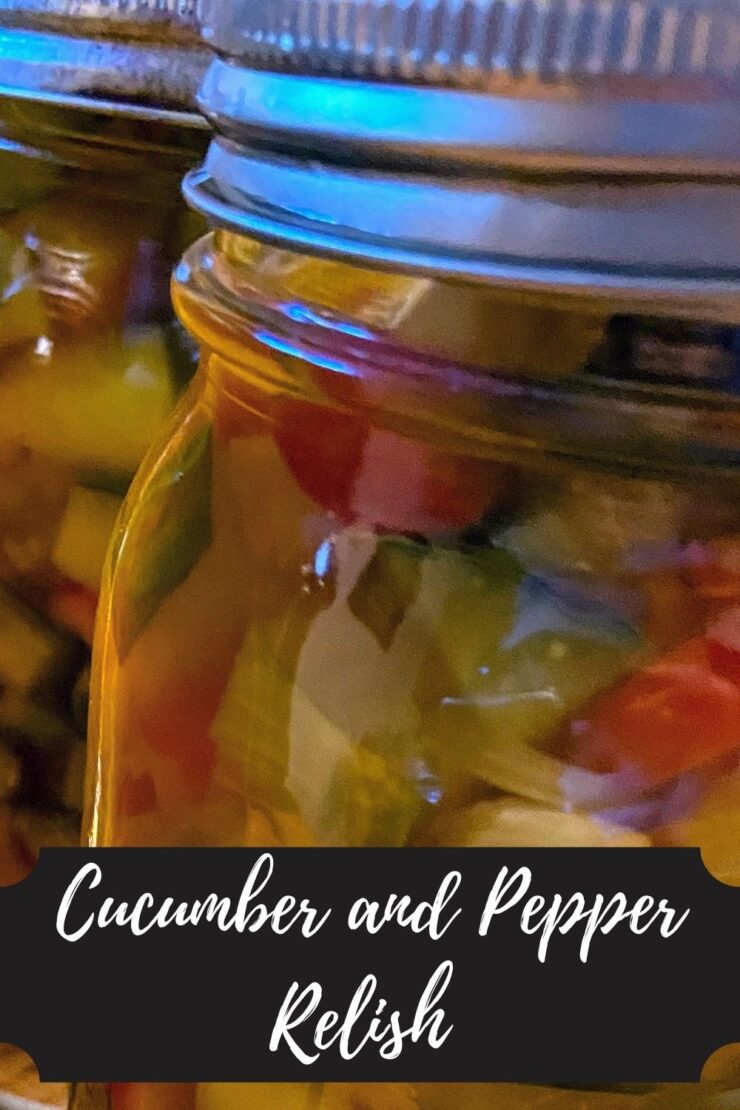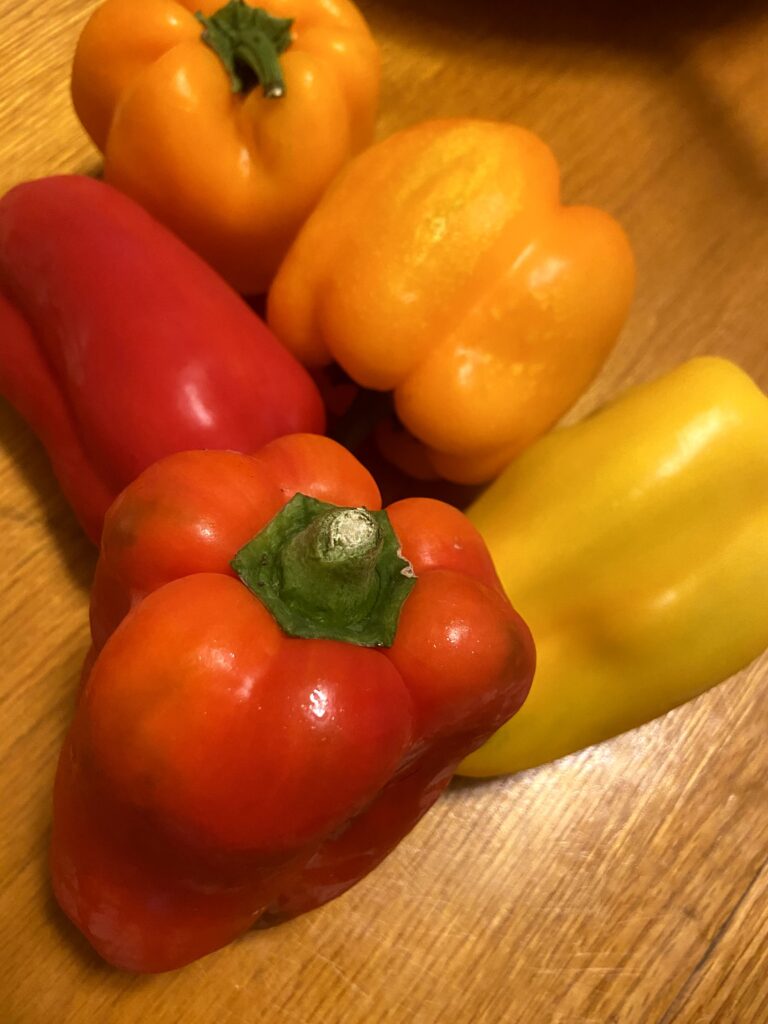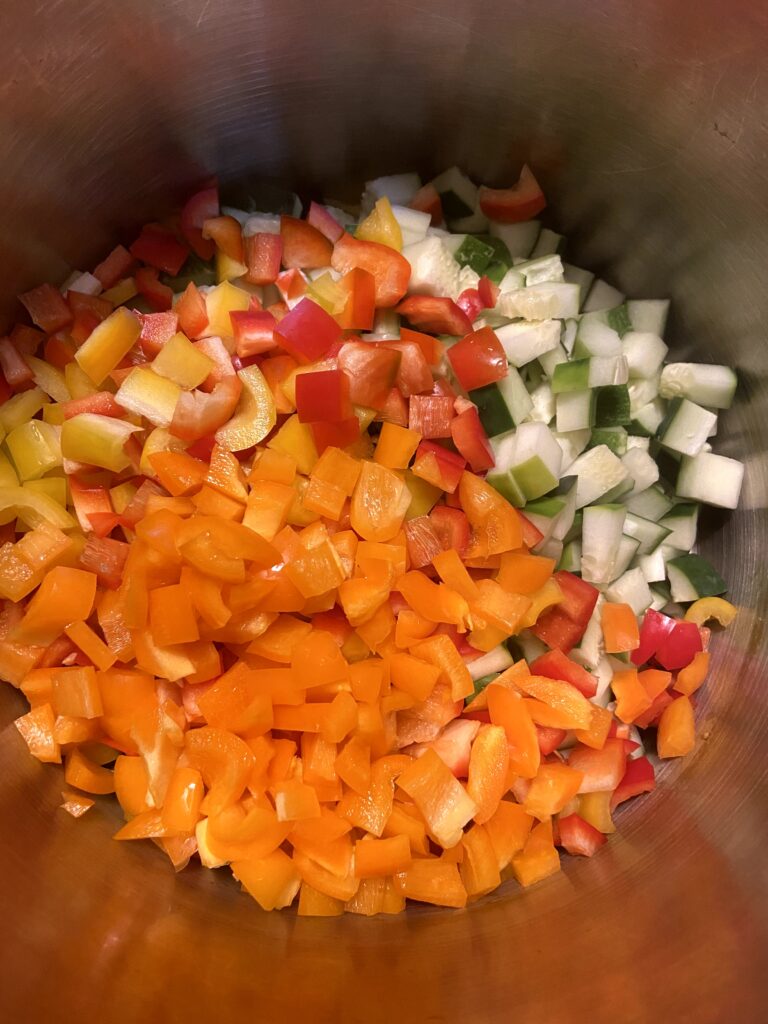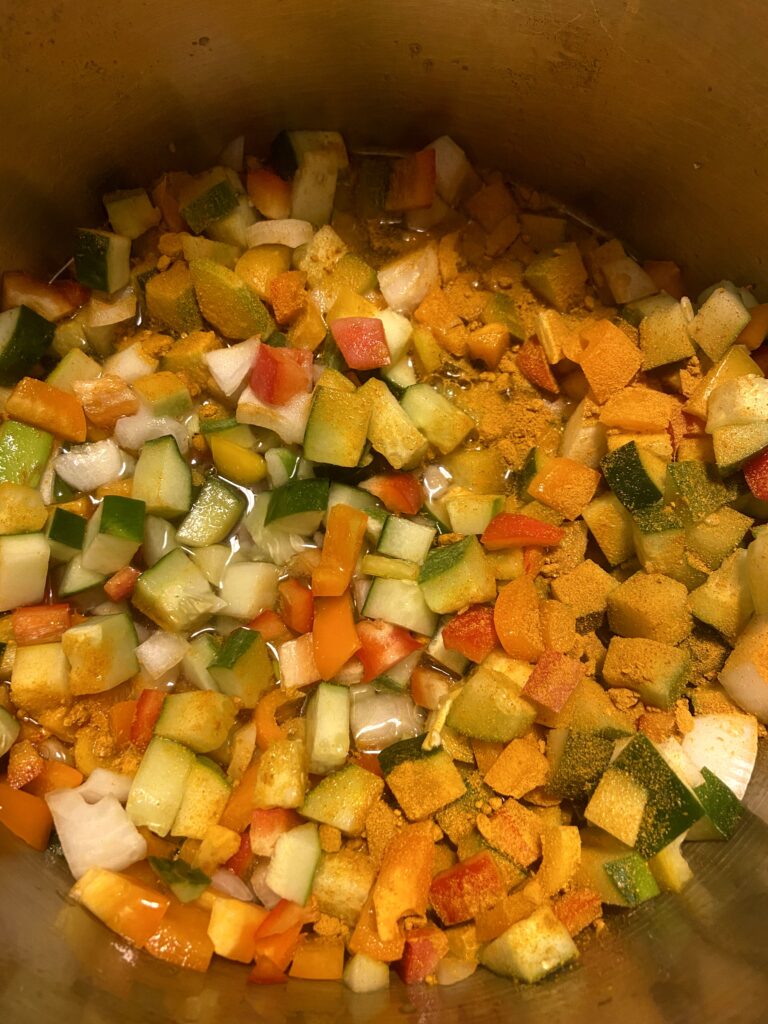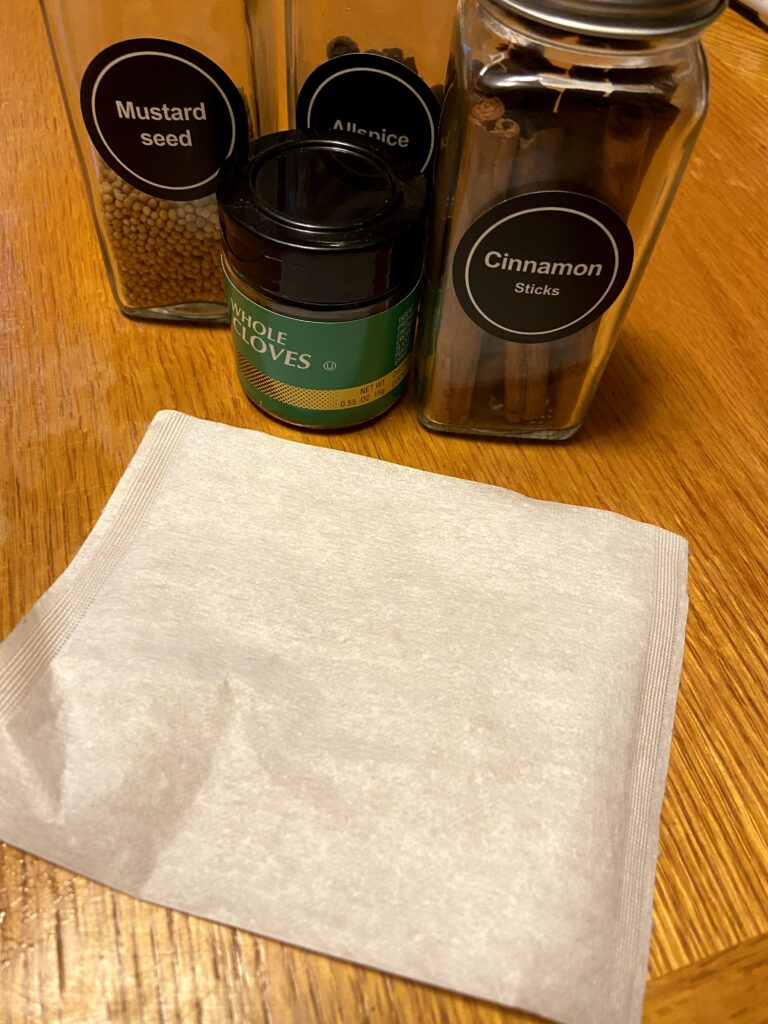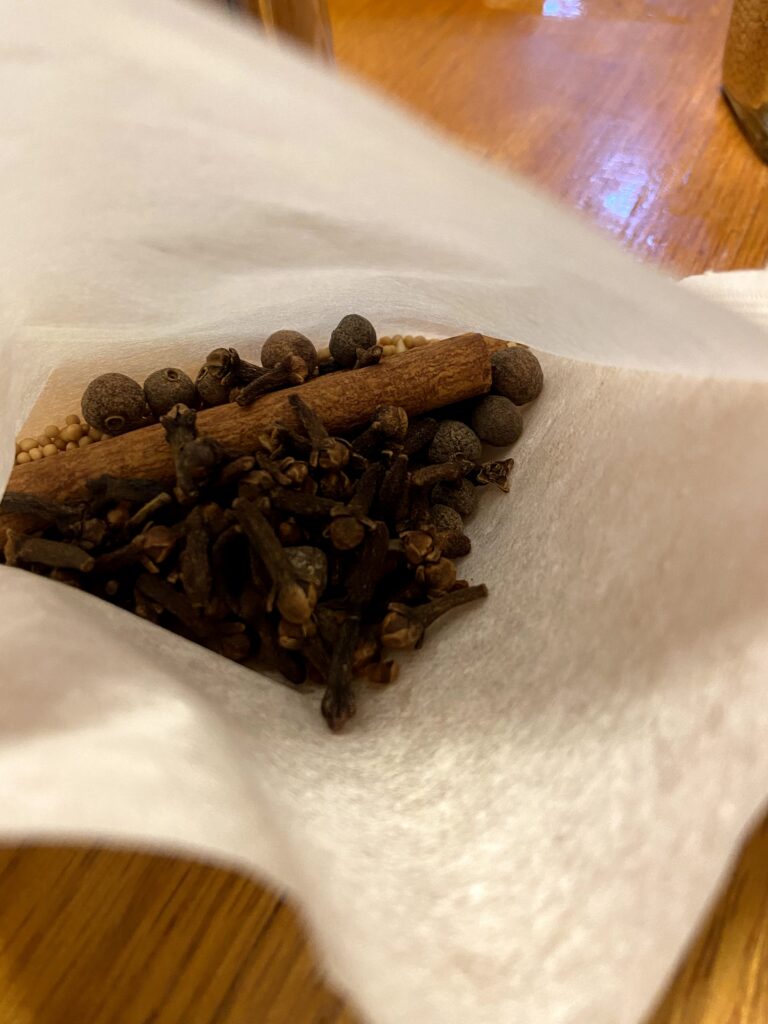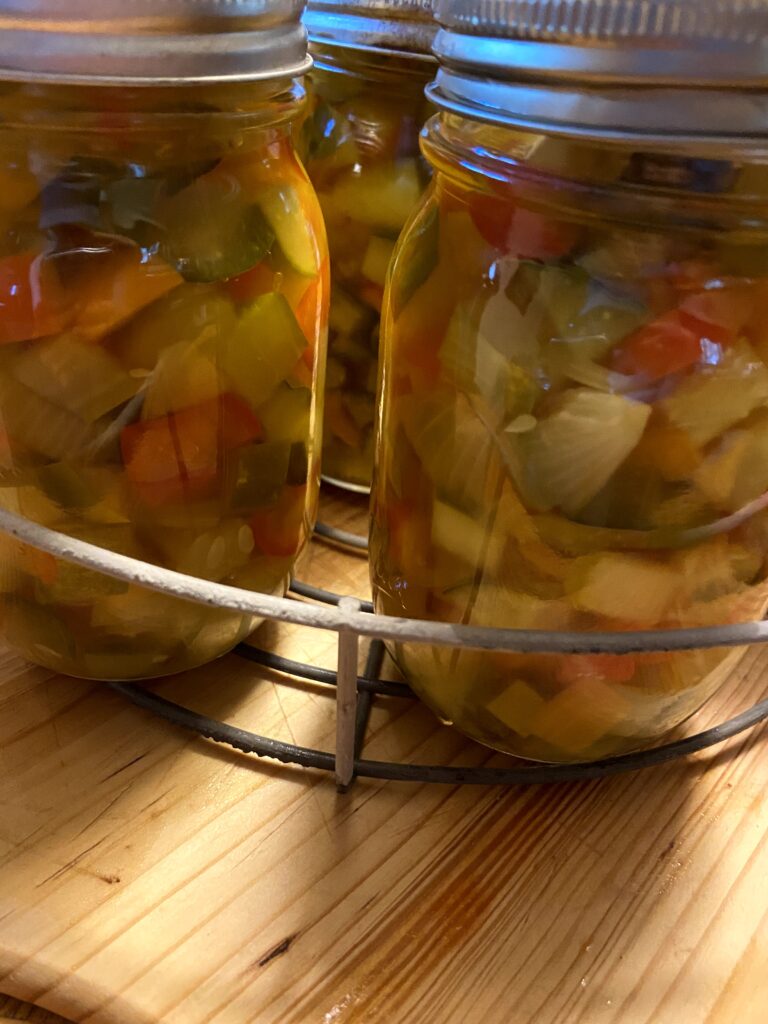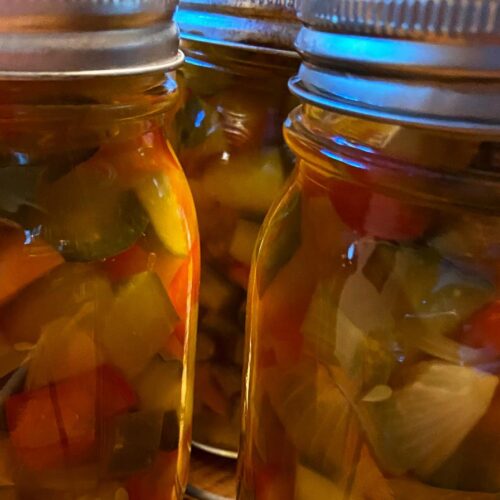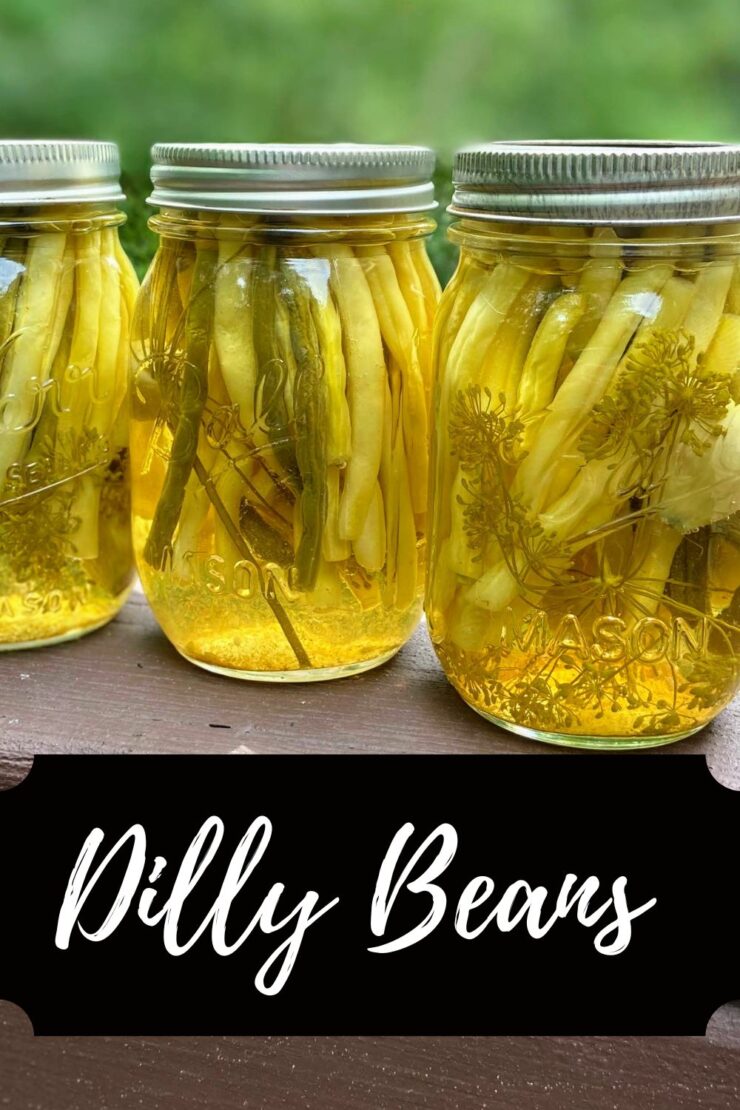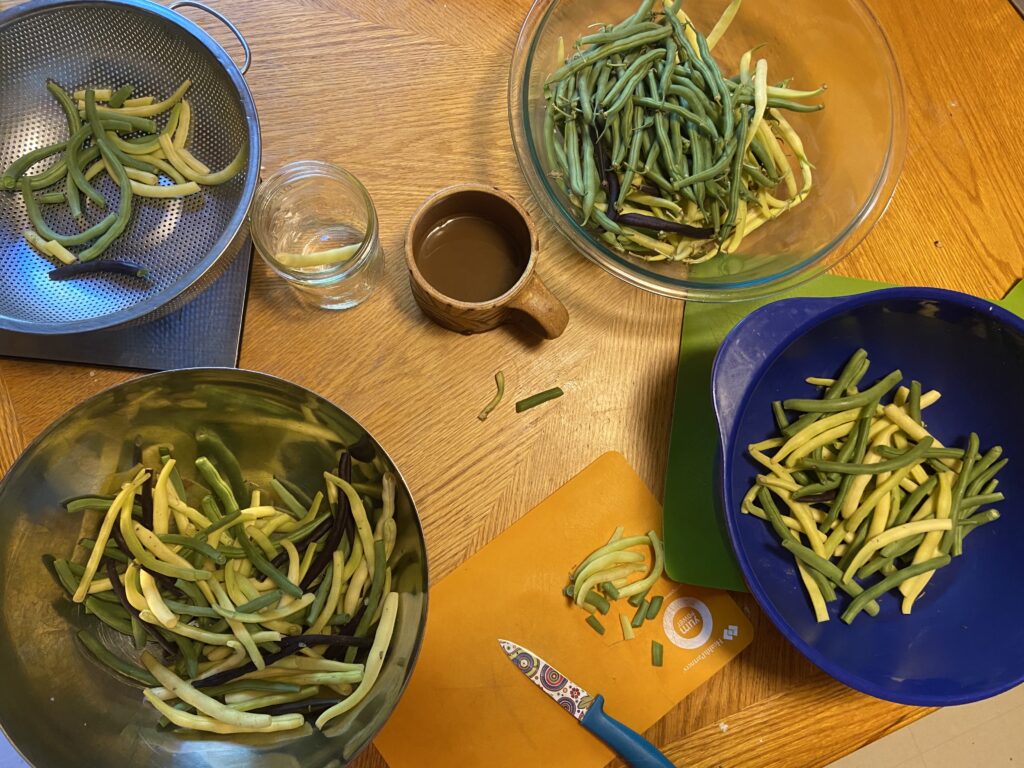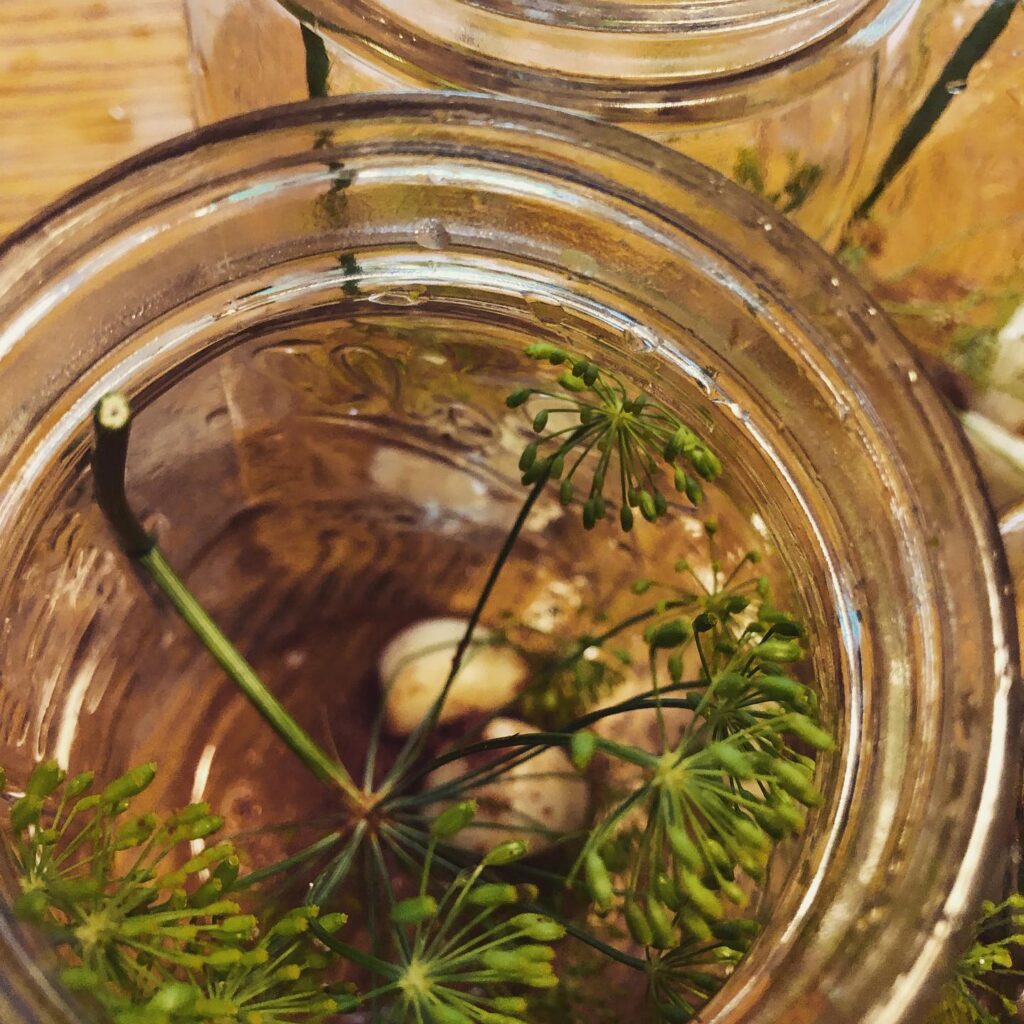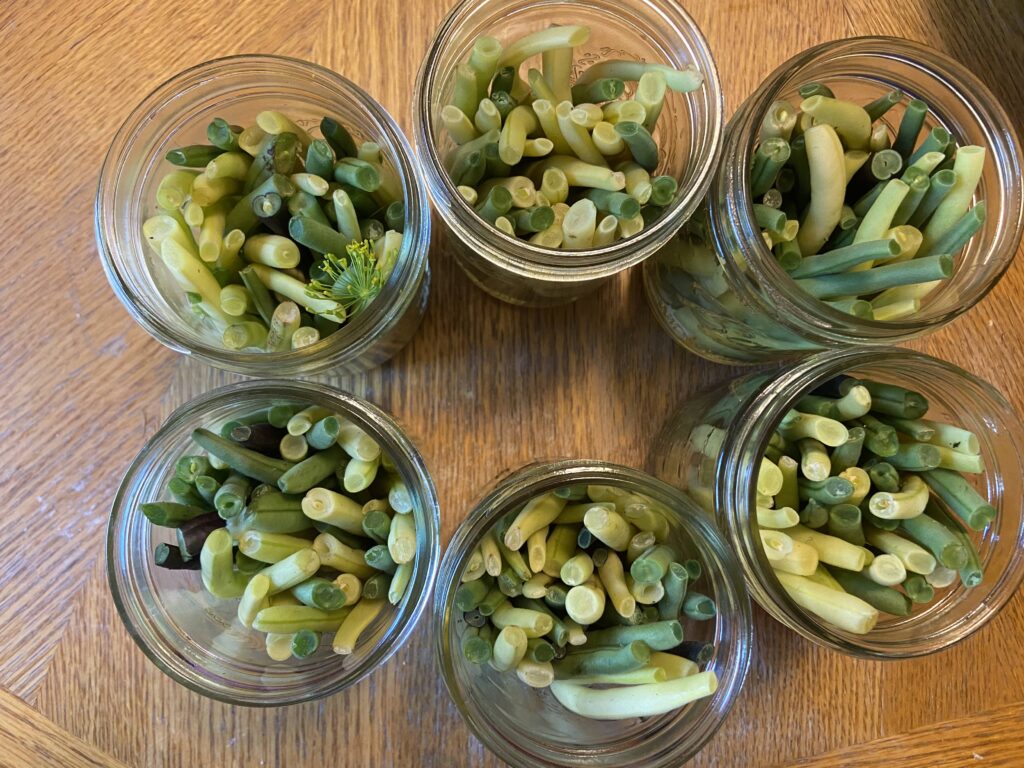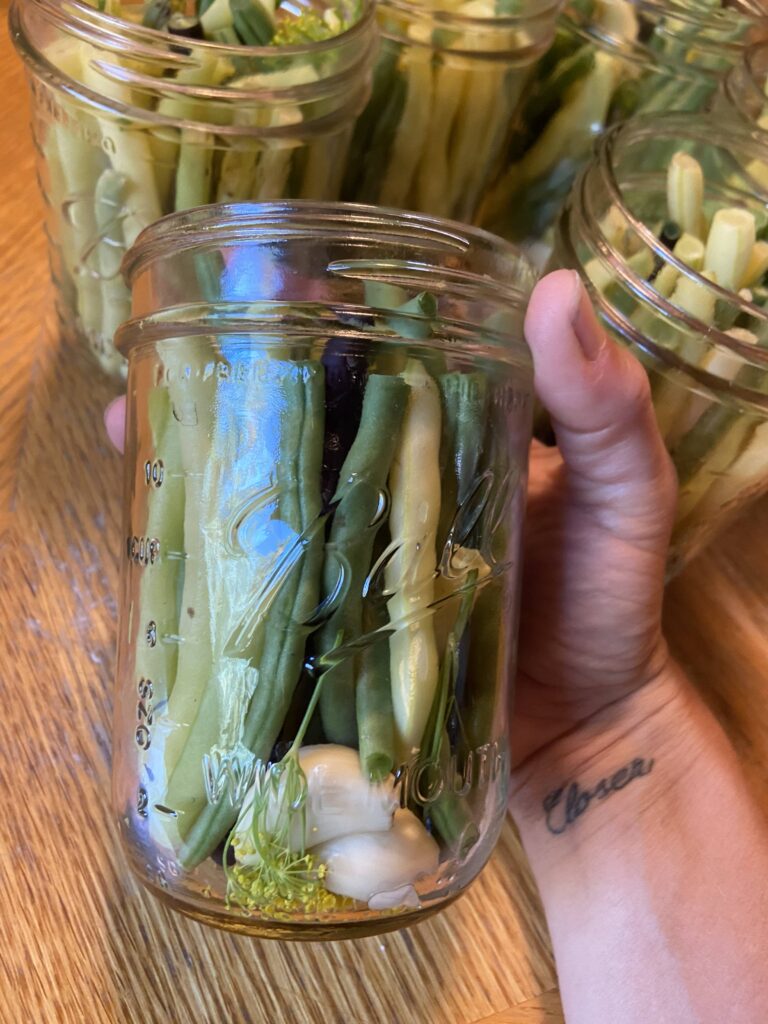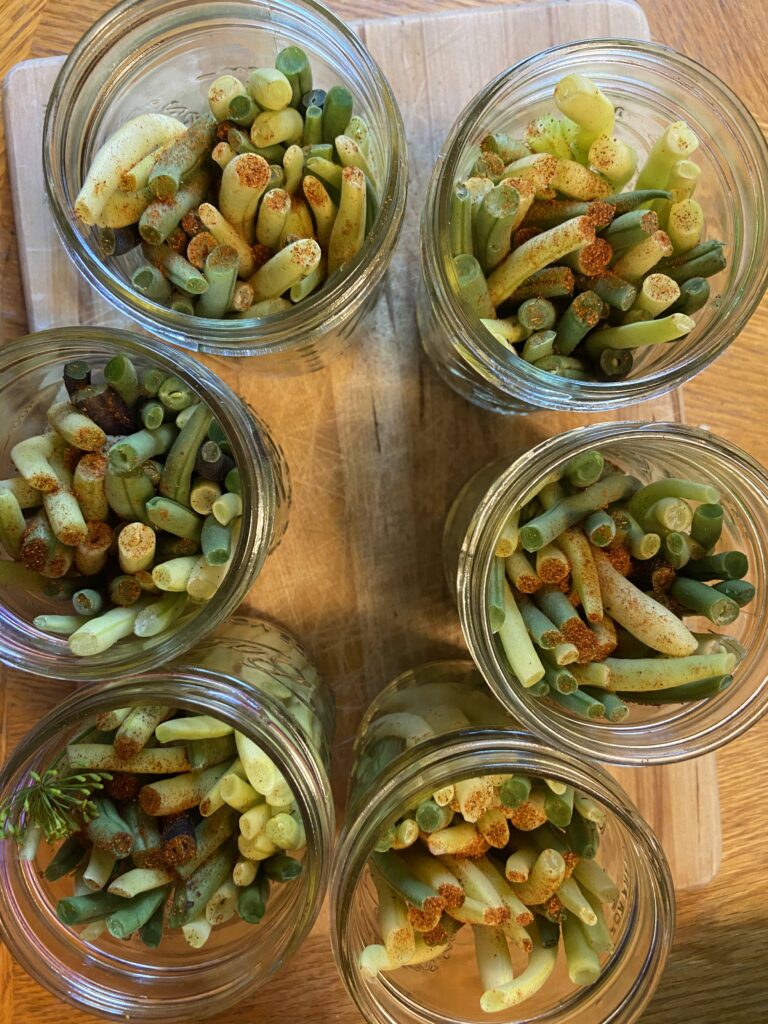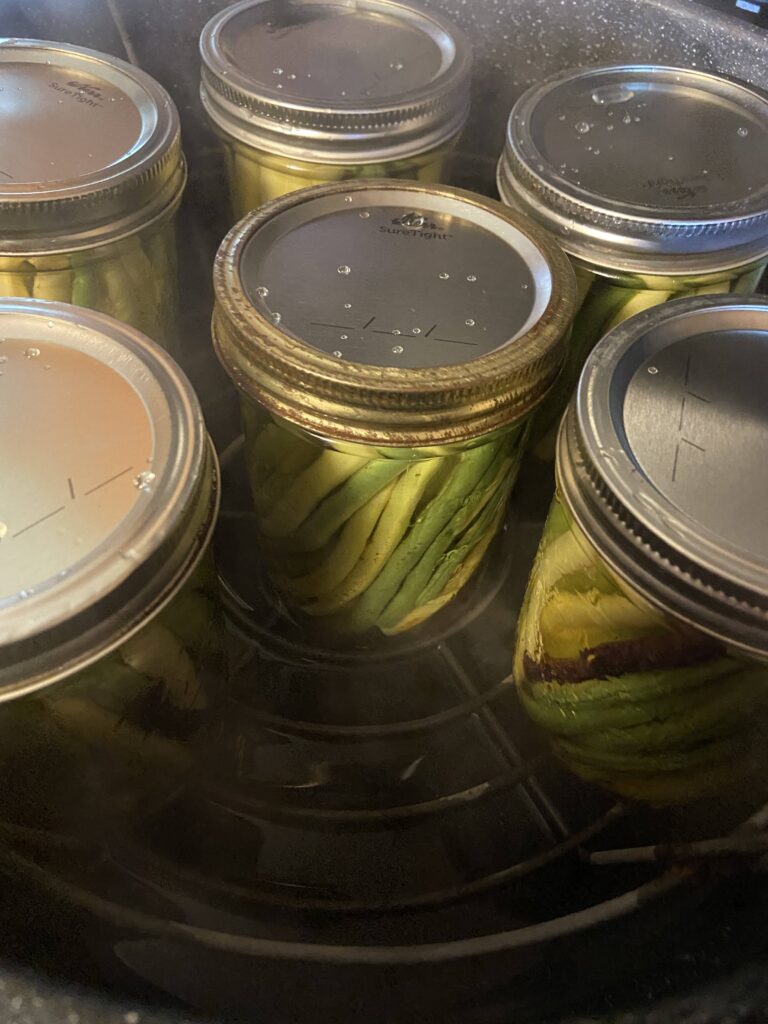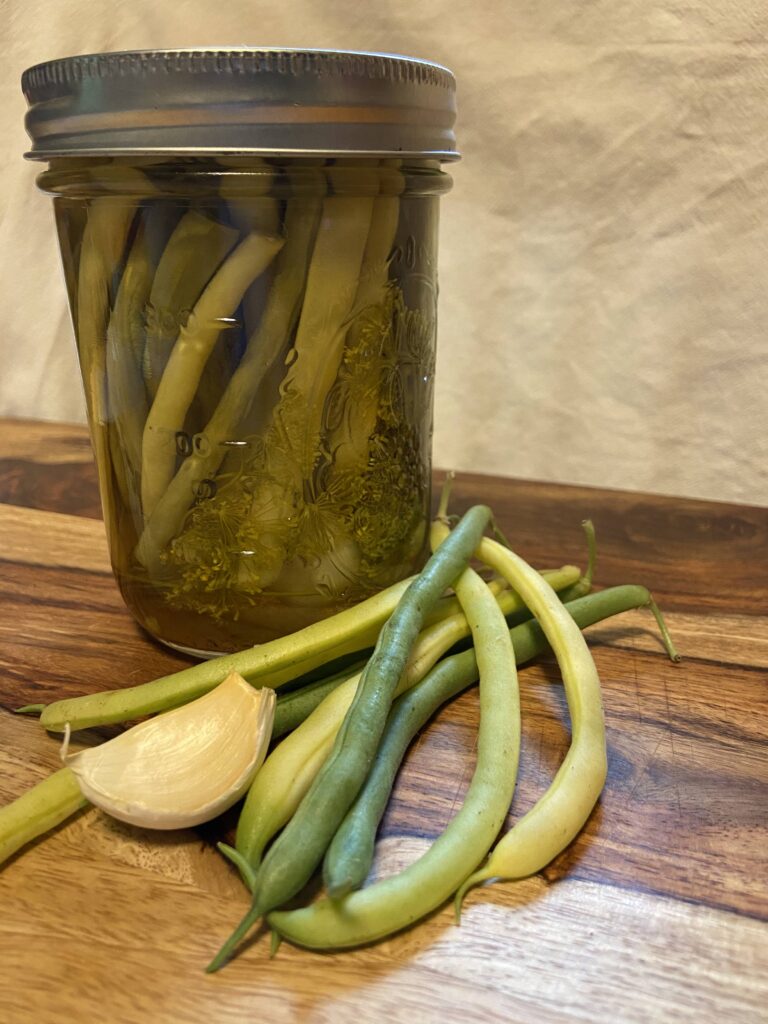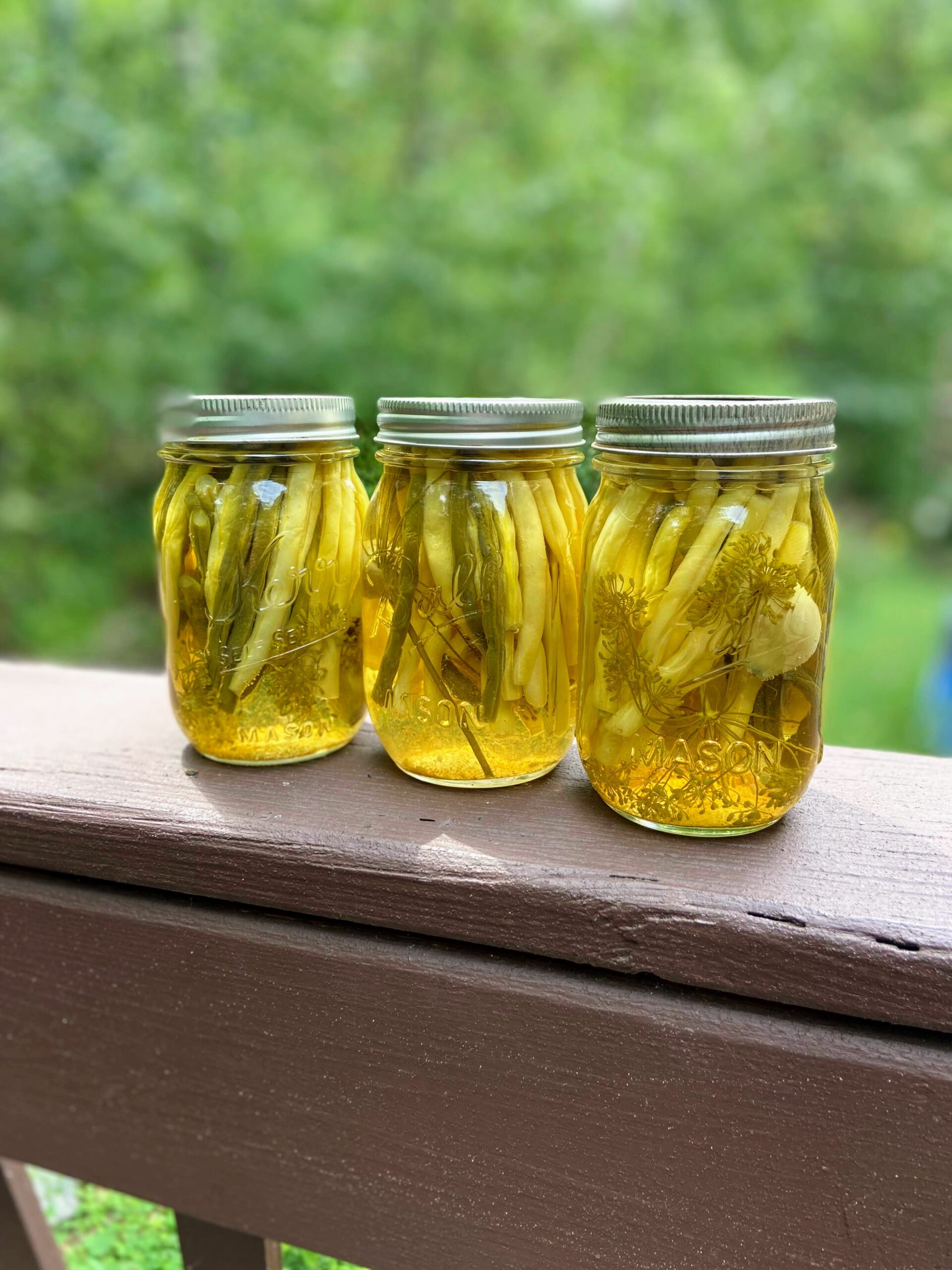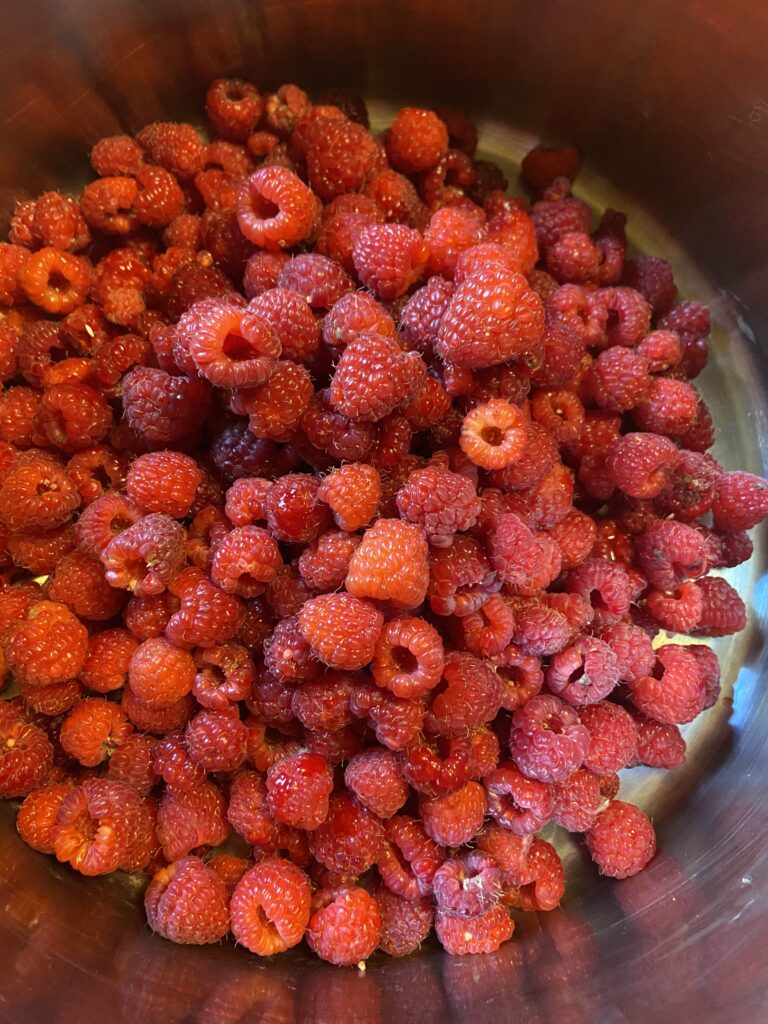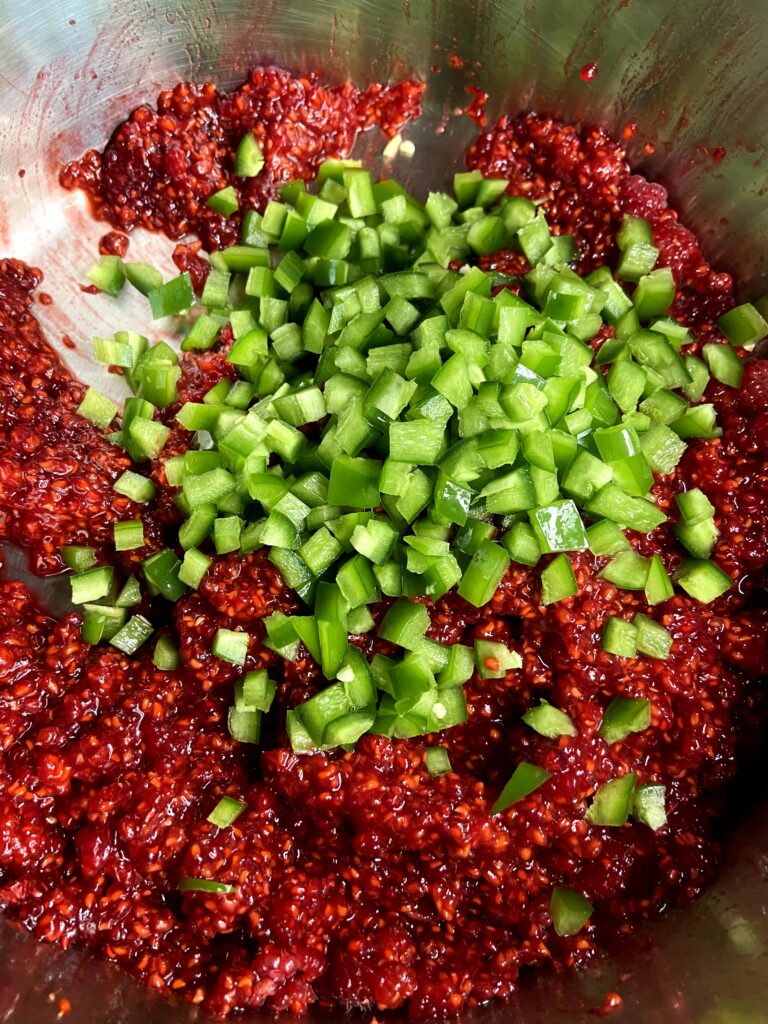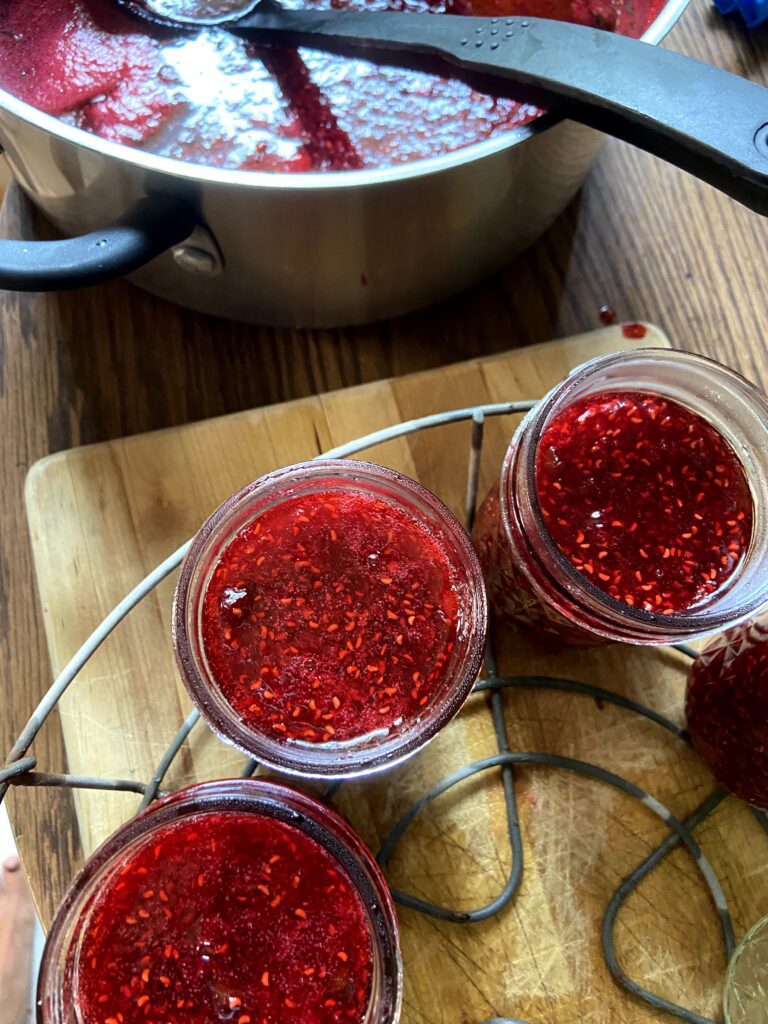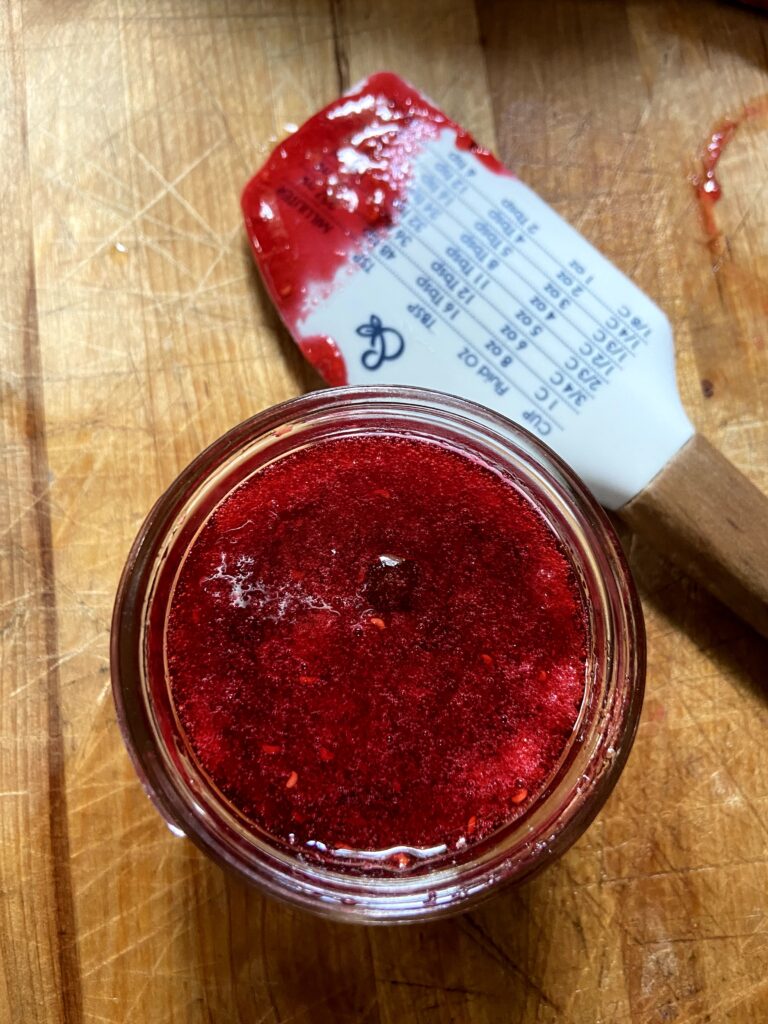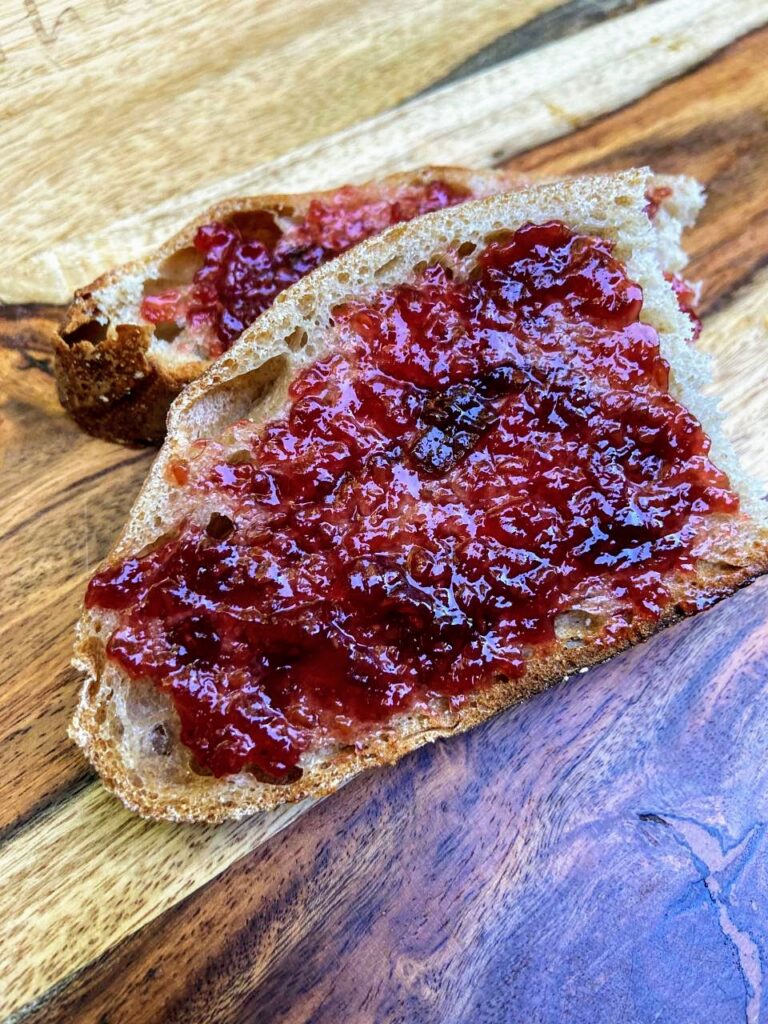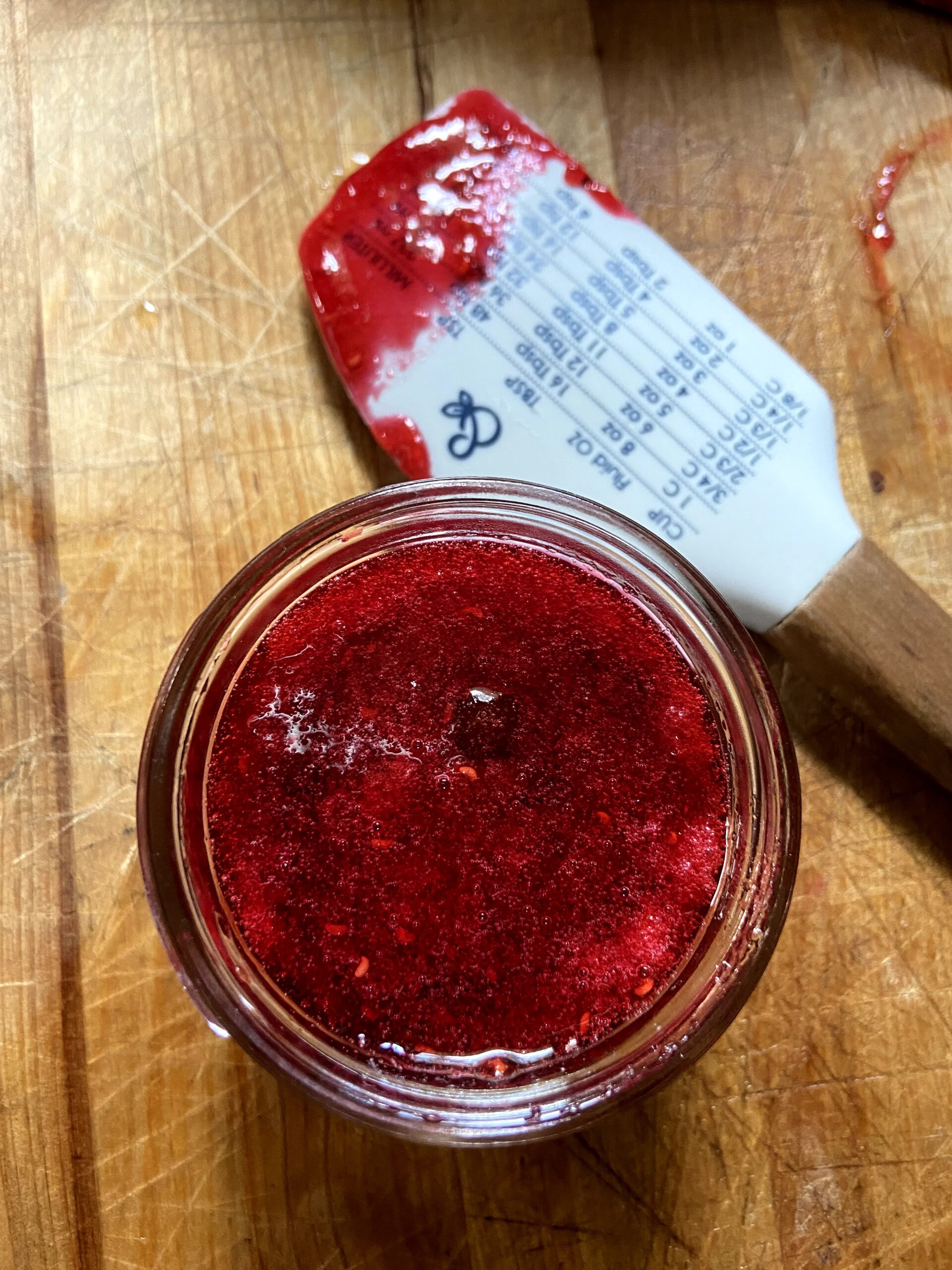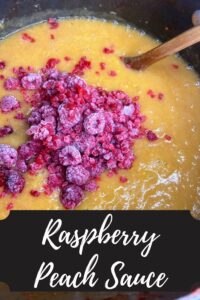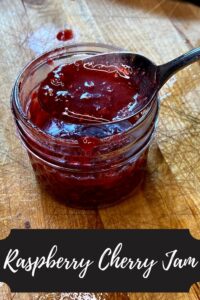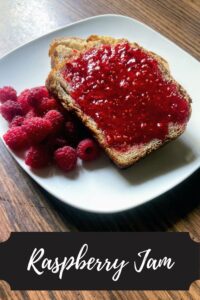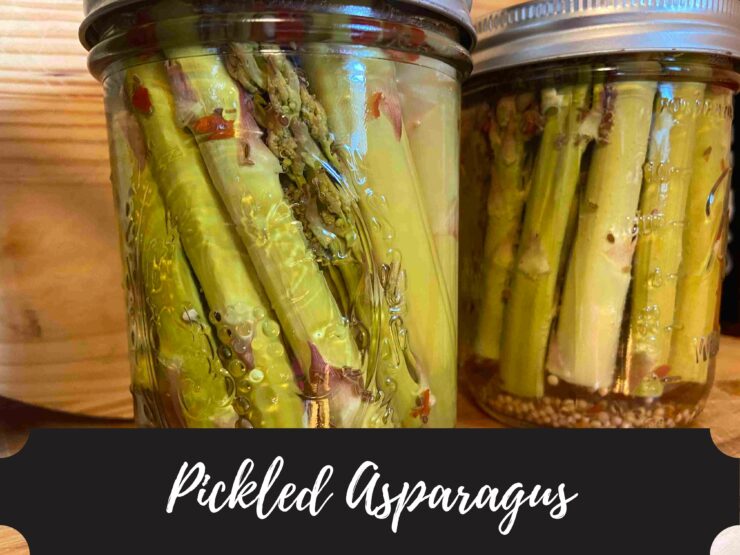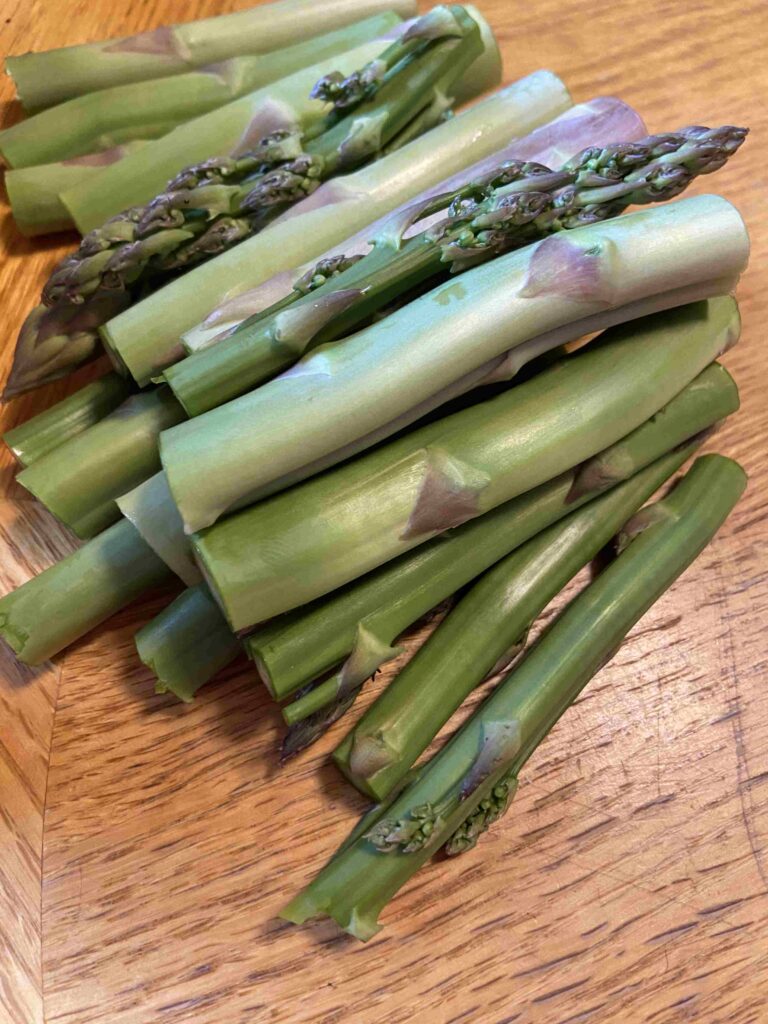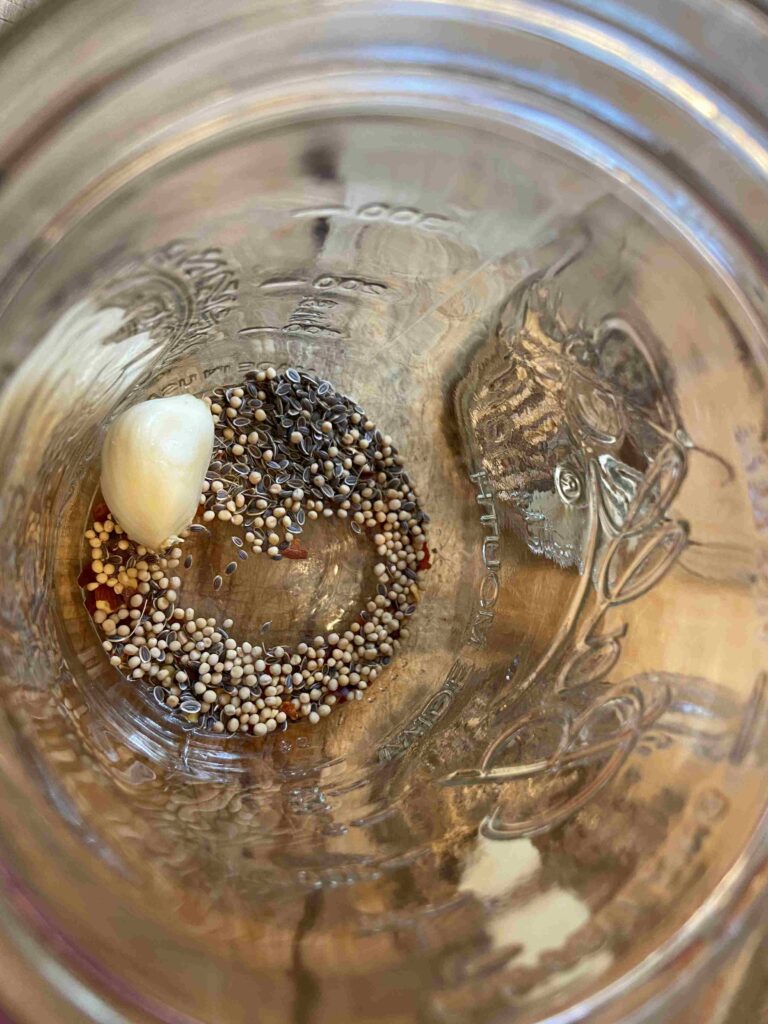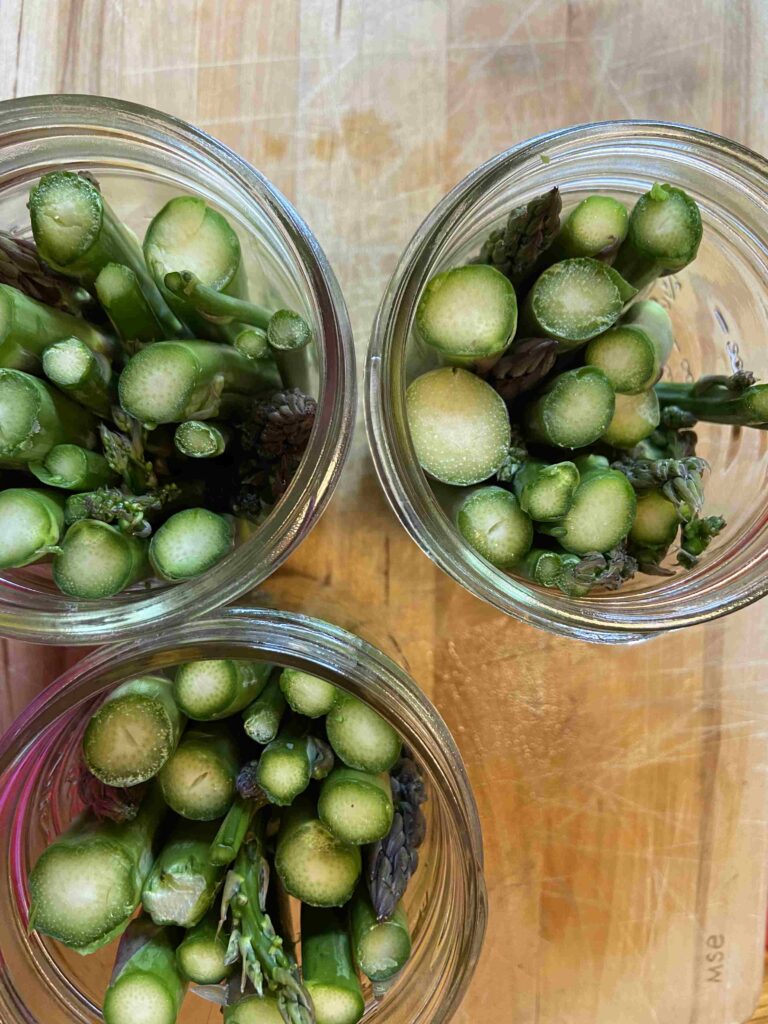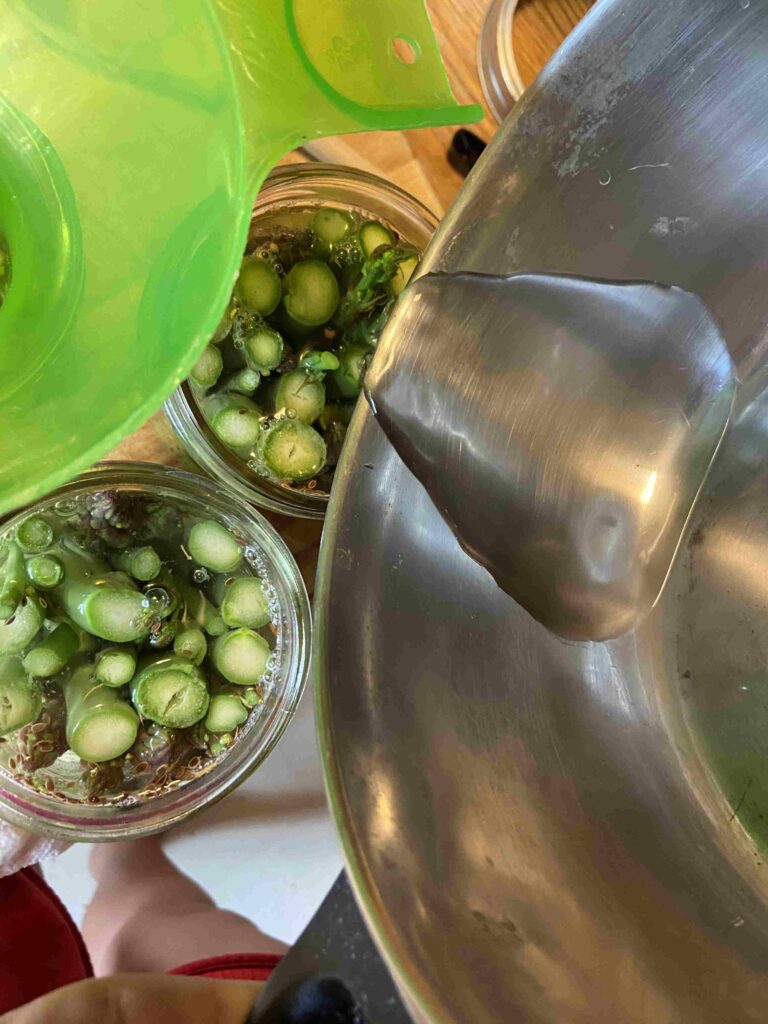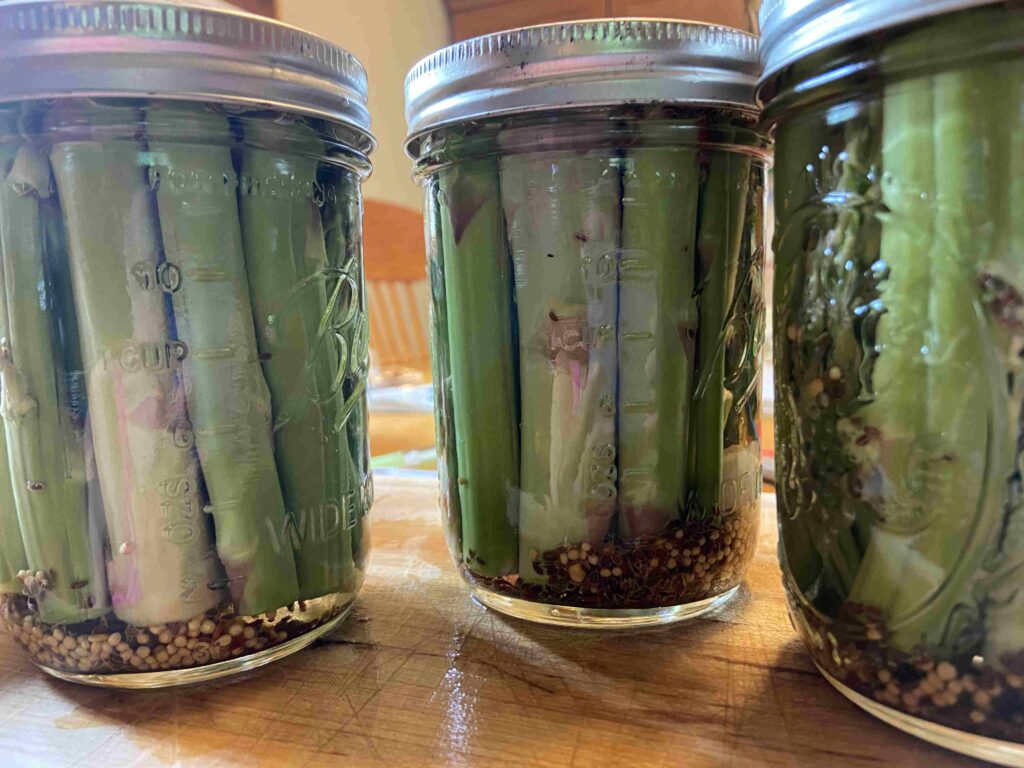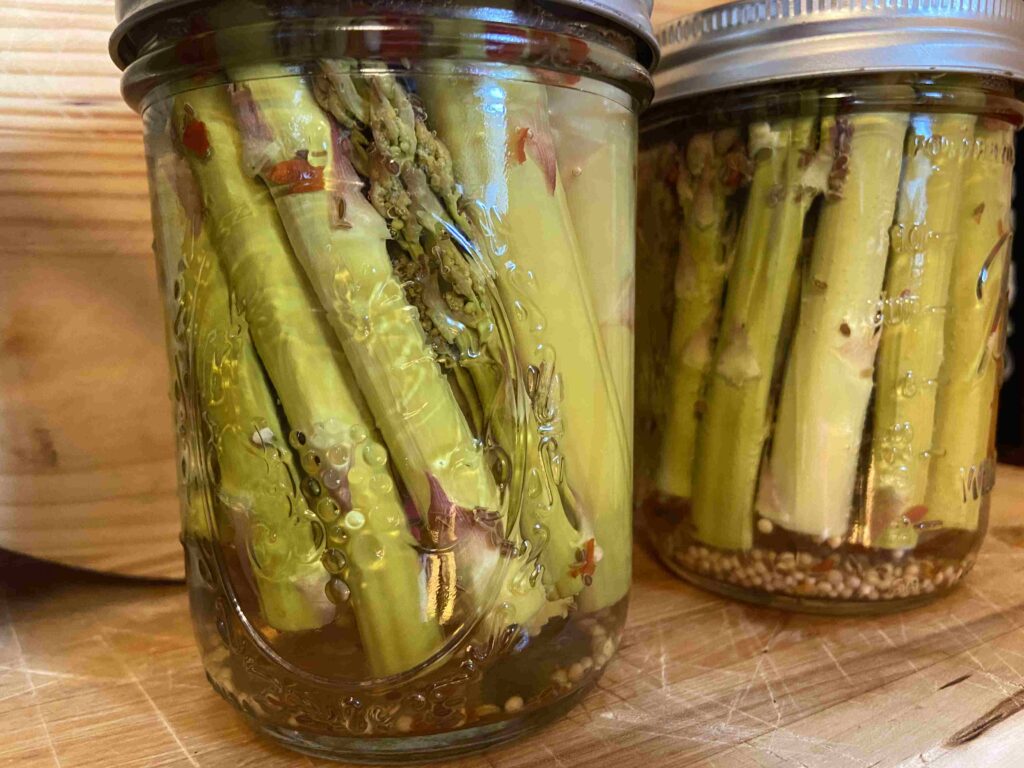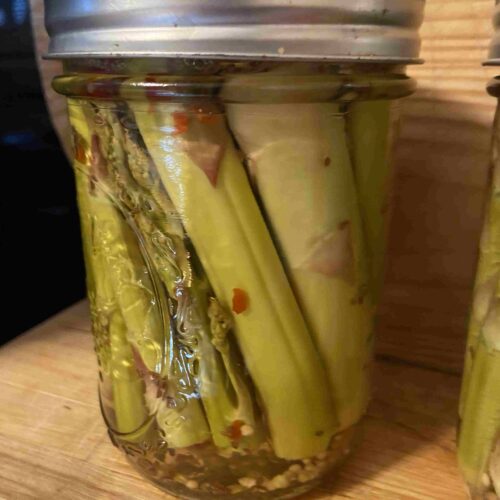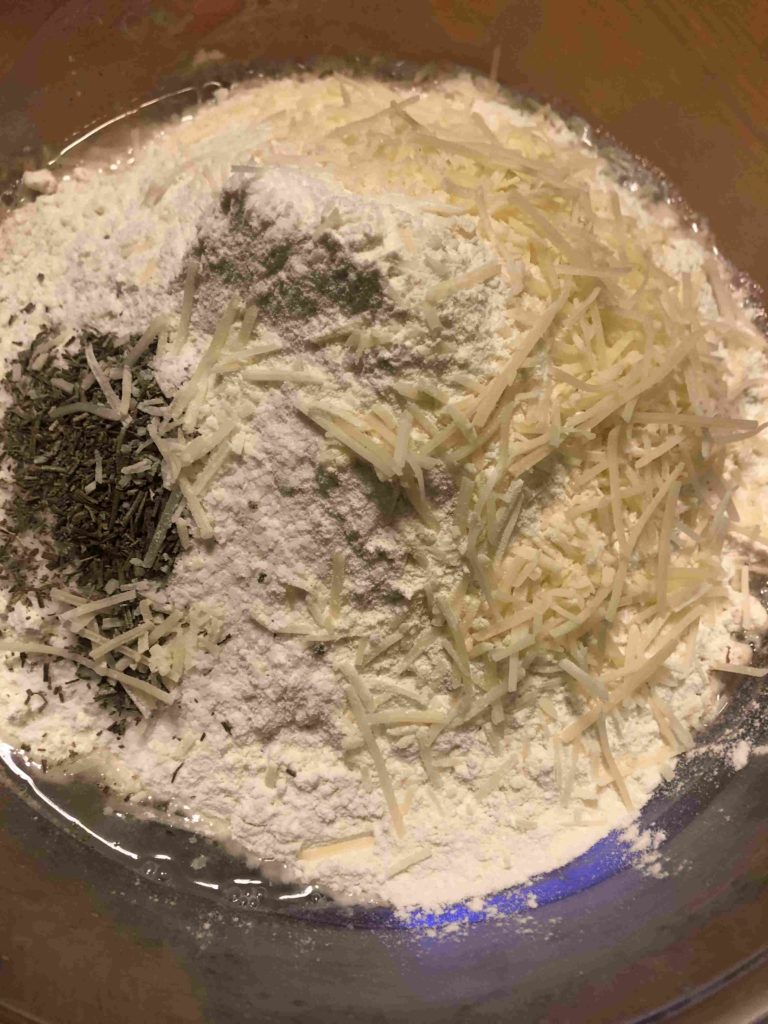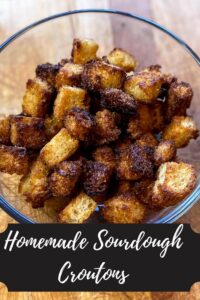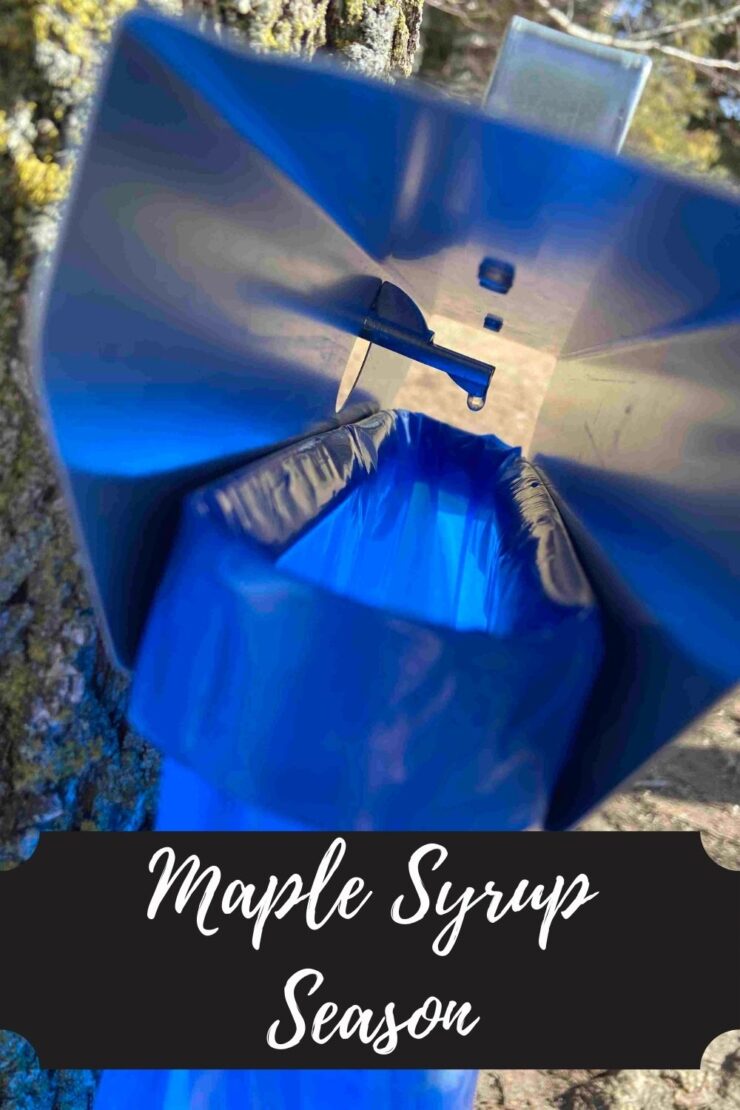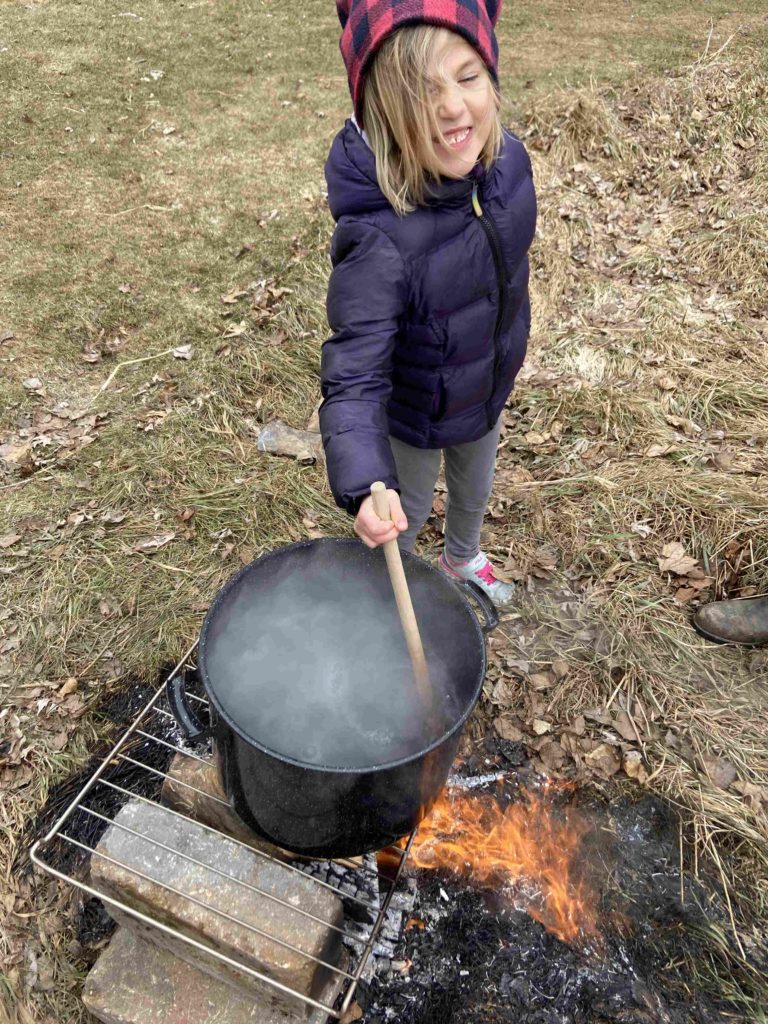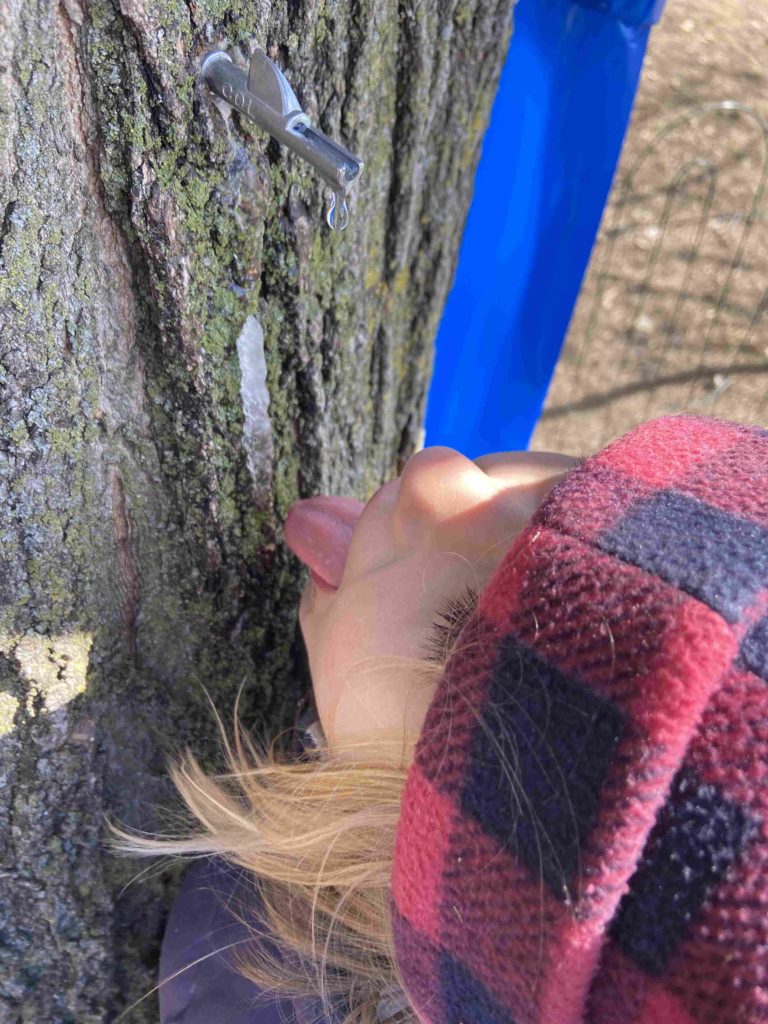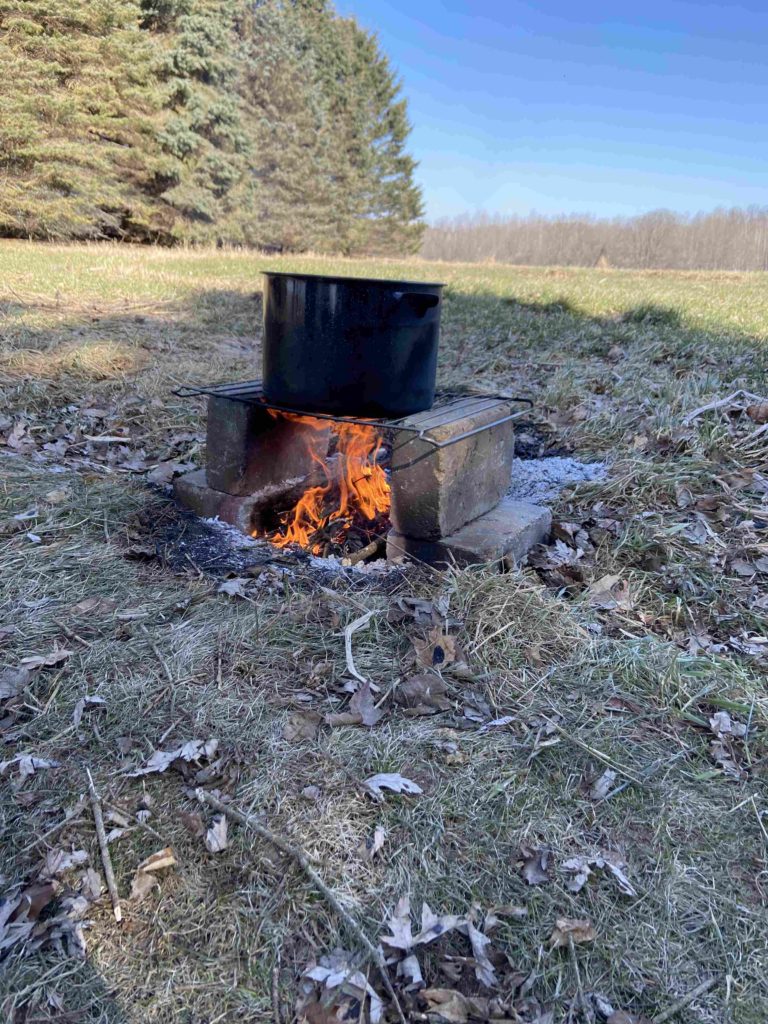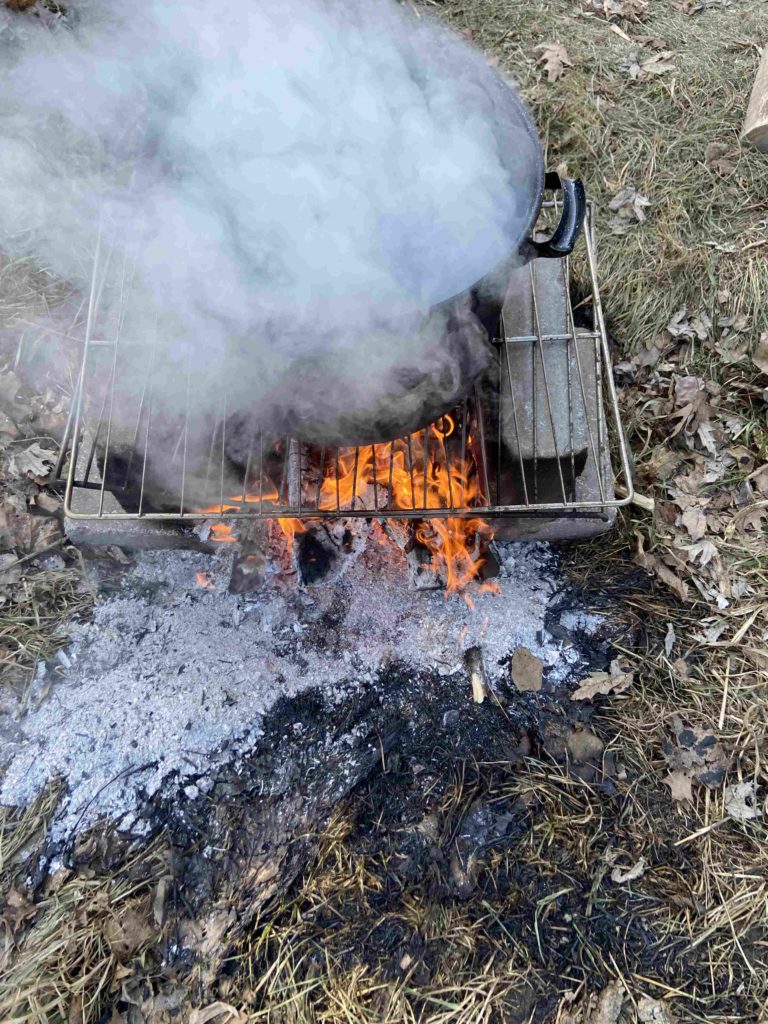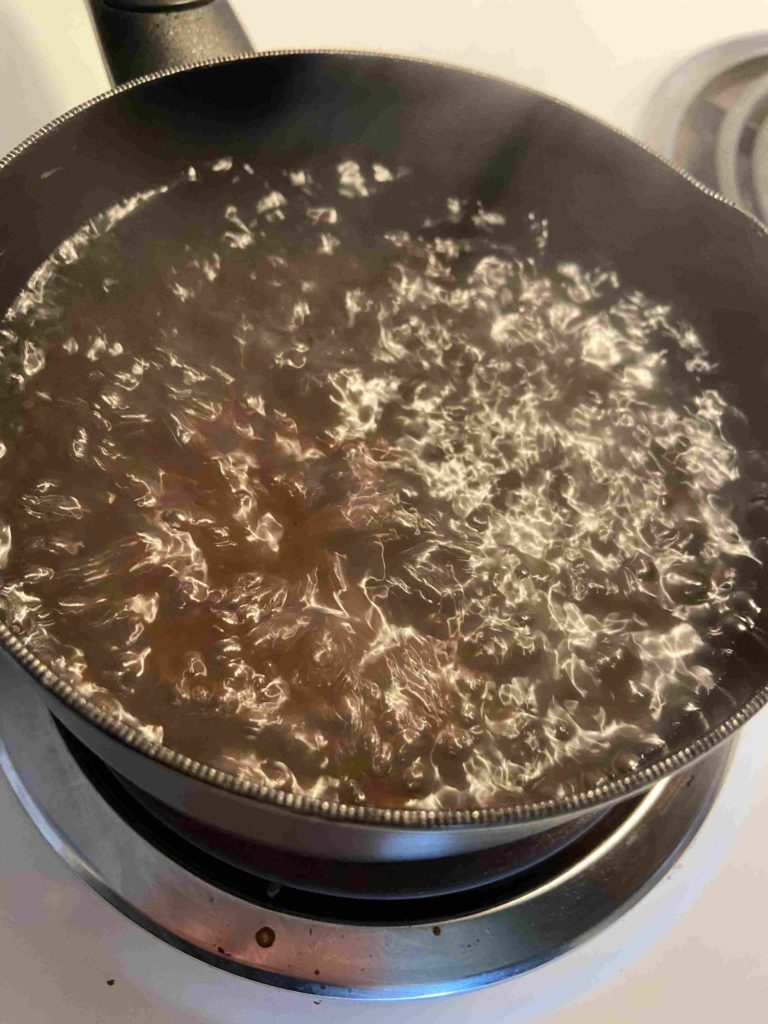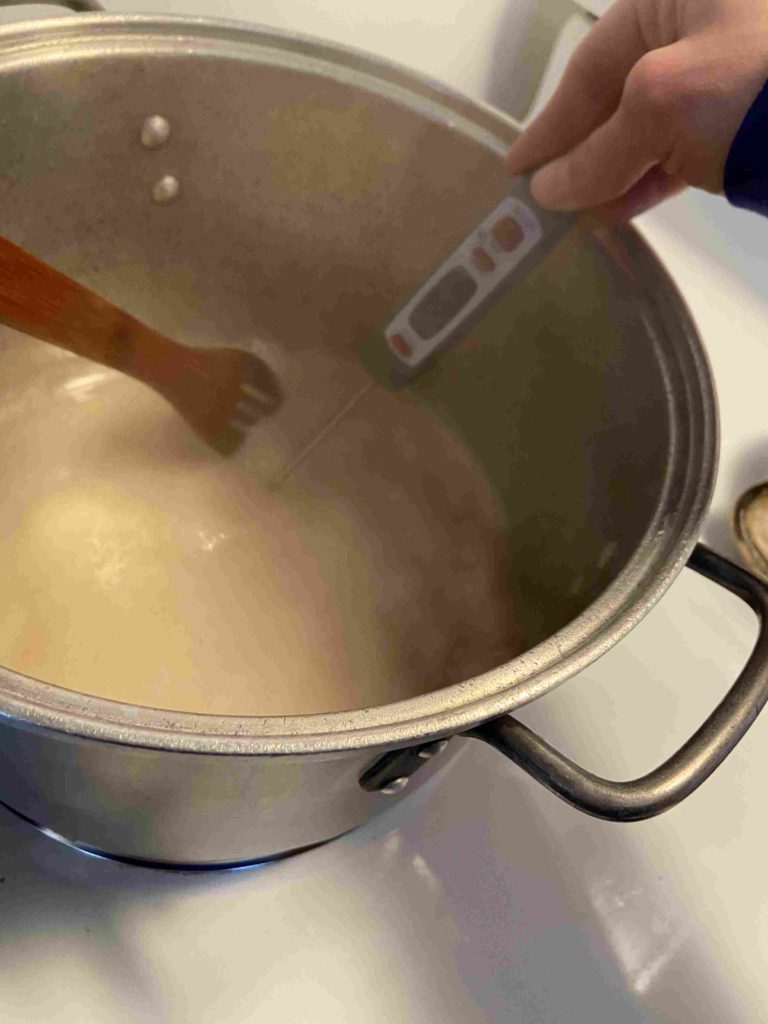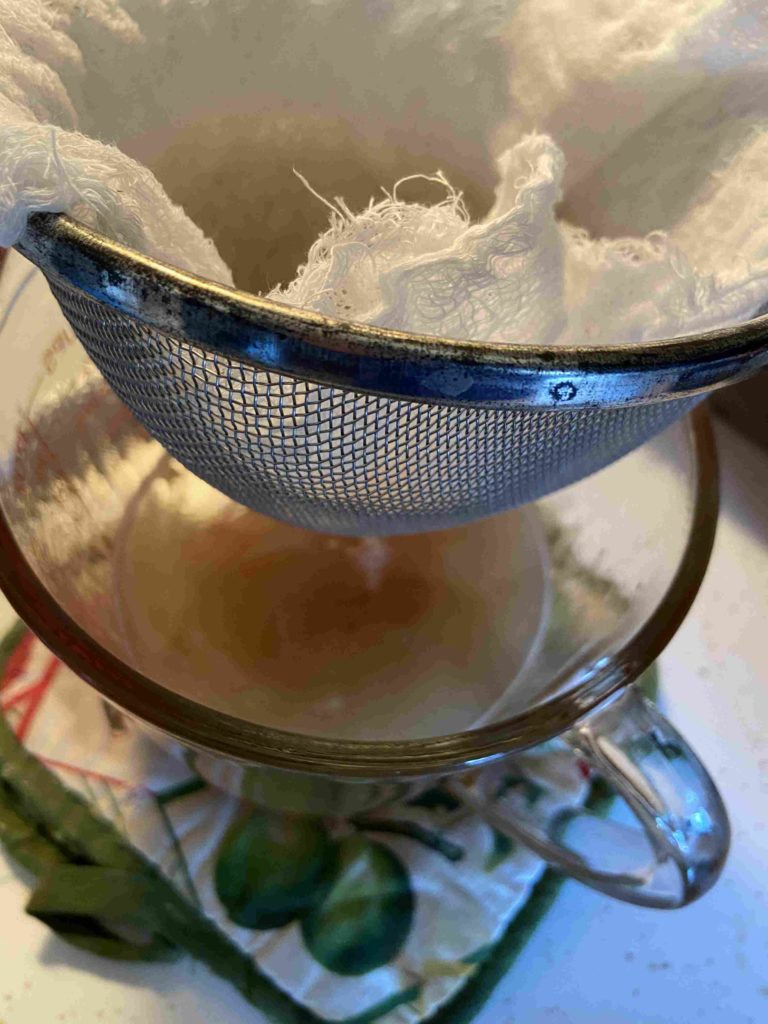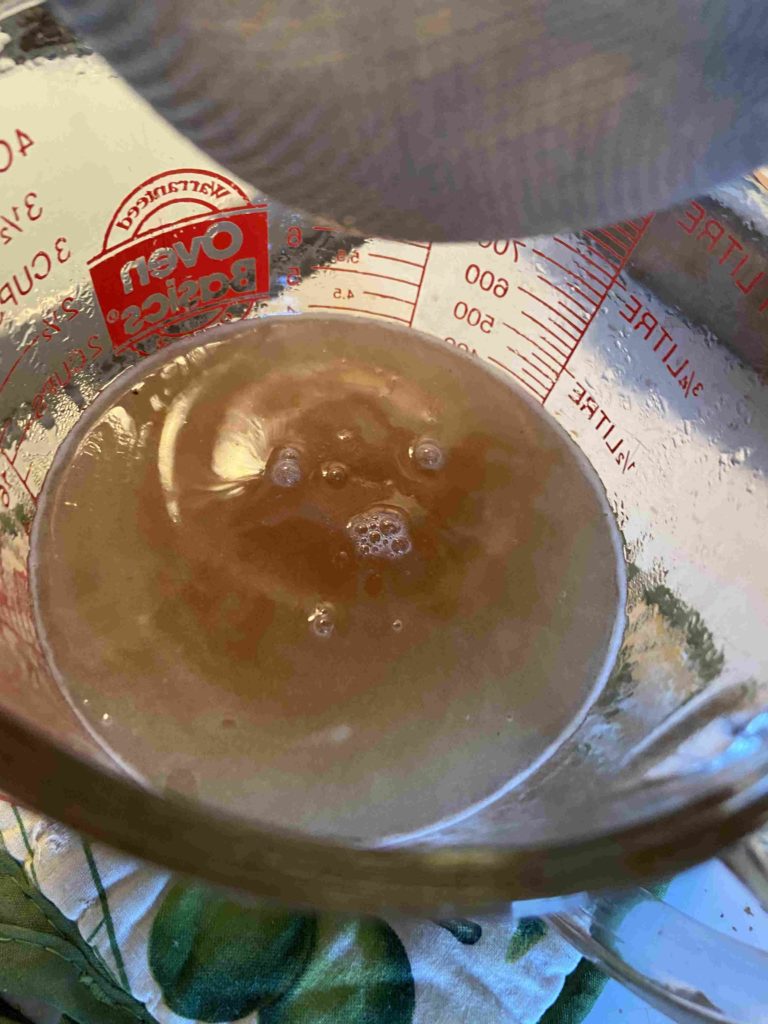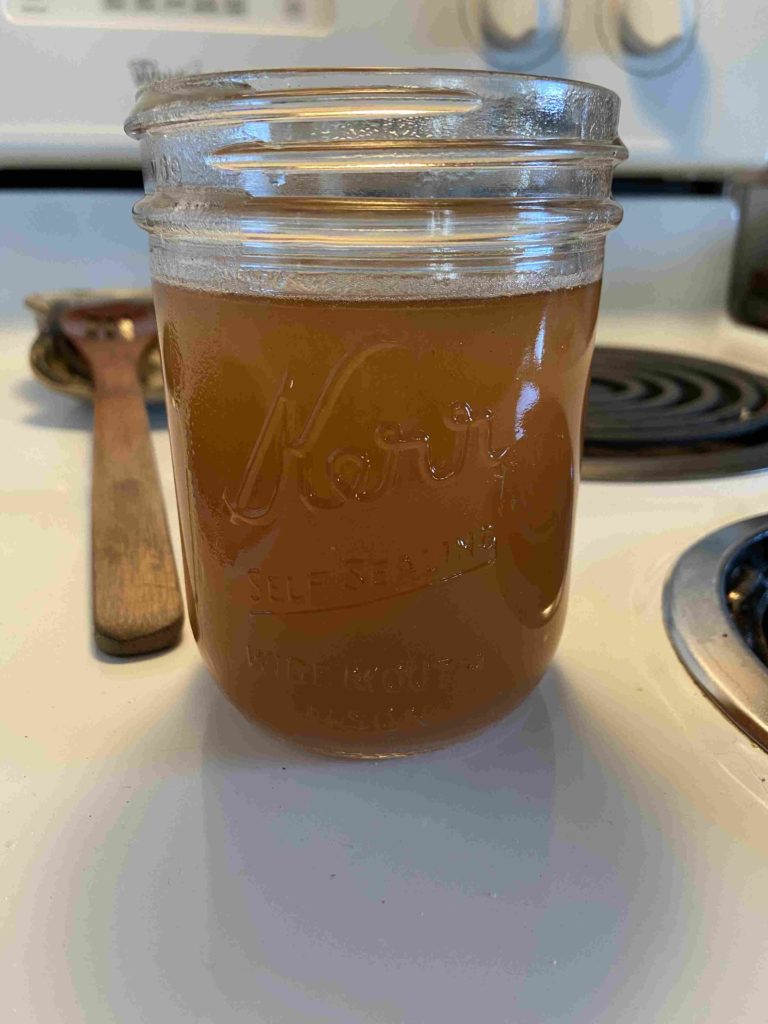Every year, I get so excited to plant tomato plants. Even in our first years with a garden, we couldn’t keep up with our tomato love. I vividly remember my darling son as a toddler eating every single cherry or grape tomato we grew. They didn’t even make it out of the garden! Now, I get all those beautiful drops of red, orange, and yellow and turn them into roasted and preserved tomatoes.
Now, it’s a joke between my husband and I that I will always plant too many cherry and grape tomato plants. Why buy one if you can buy four? And you have to have a few varieties, right? And so, we have an abundance of bit size tomatoes. One year, an acquaintance suggested roasting them, and I have never looked back!
This is such a simple and flavorful way to preserve tomatoes. All you need is an oven, a baking sheet, some parchment paper, and your favorite tomato spices. Let’s get to creating some roasted and preserved tomatoes.
Per pound of tomatoes, you will need:
½ tablespoon olive oil
¼ teaspoon each of: salt, pepper, oregano, garlic, or any other spice you love with tomatoes
Your Steps to Roasted and Preserved Tomatoes
Preheat the oven to 425 degrees. Wash and dry the tomatoes. Slice each tomato in half. Lay cut side UP on a parchment lined baking sheet. Drizzle with olive oil and sprinkle salt, pepper, garlic, etc on top. Bake for 20-30 minutes, until just beginning to caramelize. Allow to cool.
From here, you can totally just snack on them. If you want to preserve for later, stick the tray in the freezer for 2-3 hours. Transfer to a freezer safe container and use within a year. So quick, easy, and a great way to preserve your harvest!



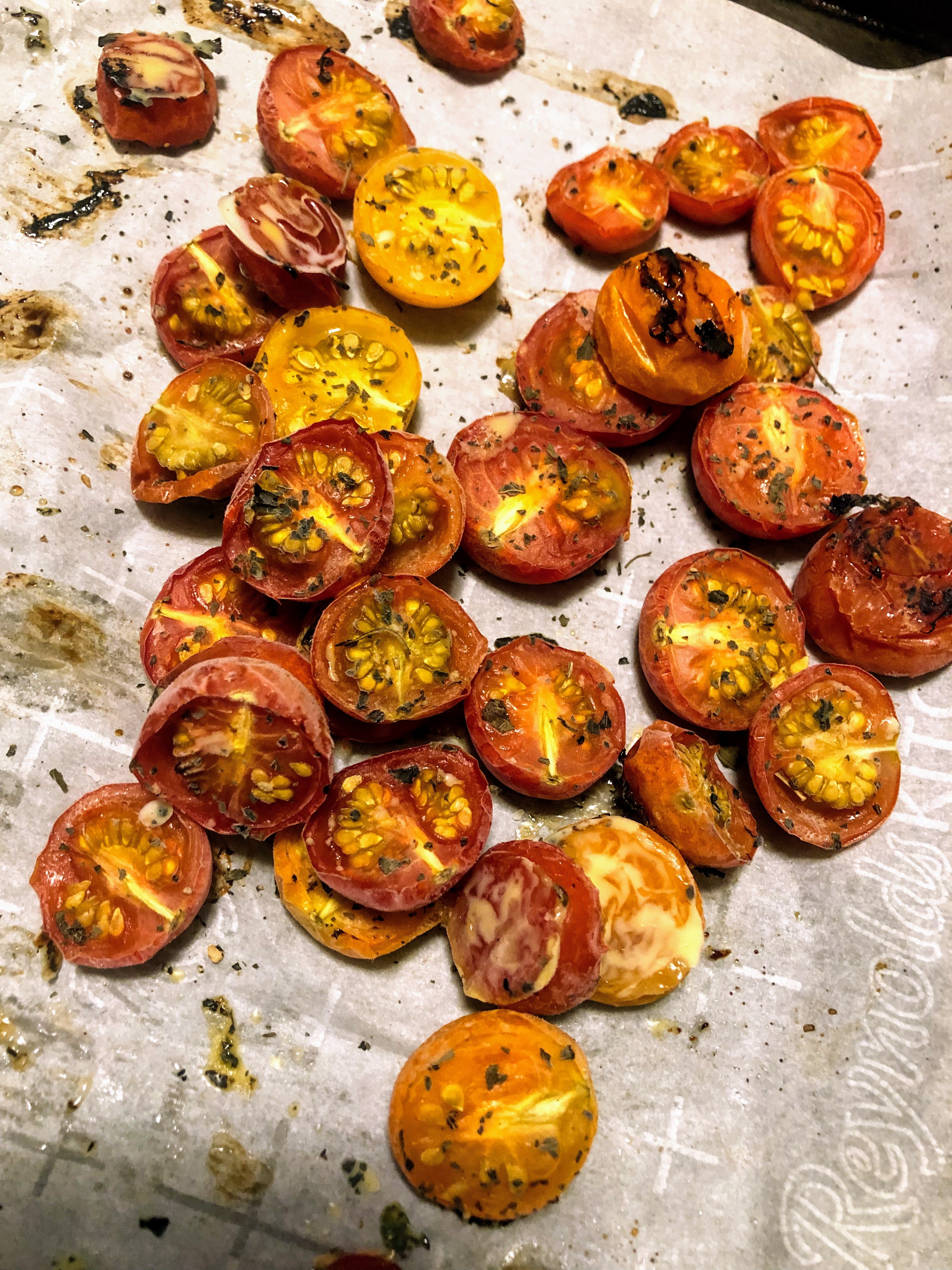

Roasted and Preserved Tomatoes
Ingredients
- 1 pound cherry or grape tomatoes any variety
- ½ tablespoon olive oil
- ¼ teaspoon salt
- ¼ teaspoon pepper
- ¼ teaspoon oregano
- ¼ teaspoon garlic
Instructions
- Preheat the oven to 425 degrees.
- Wash and dry the tomatoes.
- Slice each tomato in half. Lay cut side up on a parchment lined baking sheet.
- Drizzle with olive oil and sprinkle salt, pepper, garlic, etc on top.
- Bake for 20-30 minutes, until just beginning to caramelize. Allow to cool.
- To preserve, place the tray in the freezer for 2-3 hours.
- Transfer to a freezer safe container and use within a year.
Looking for other preserving recipes?
Check out my canning and preserving page! Or maybe one of the recipes below will speak to you!
